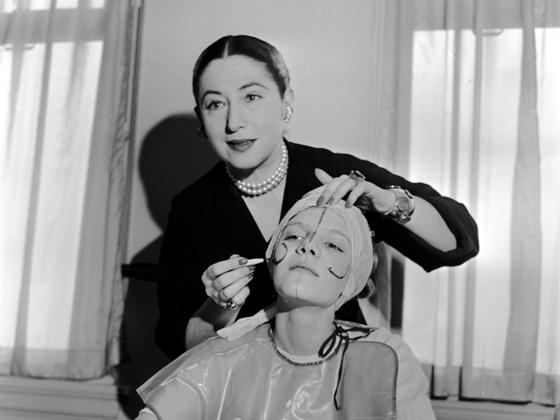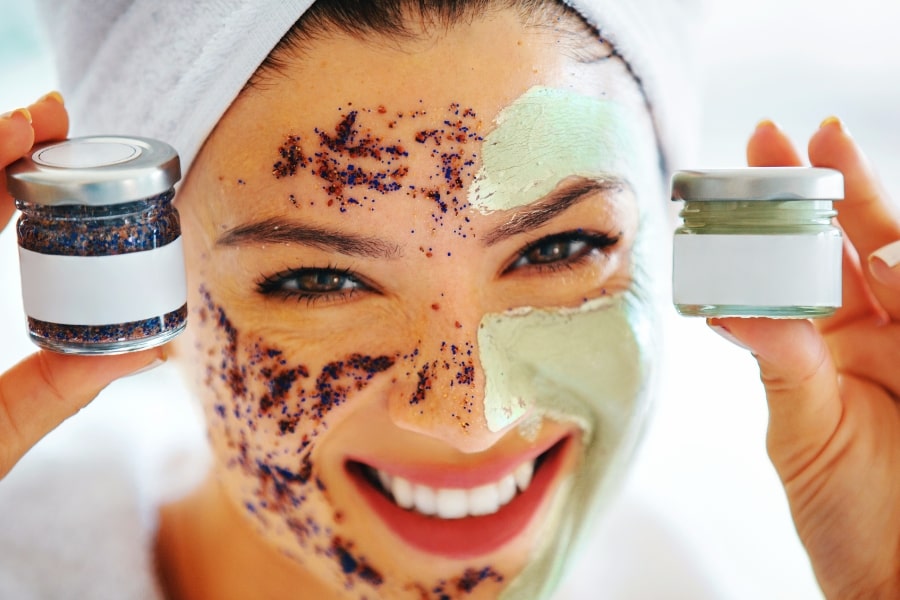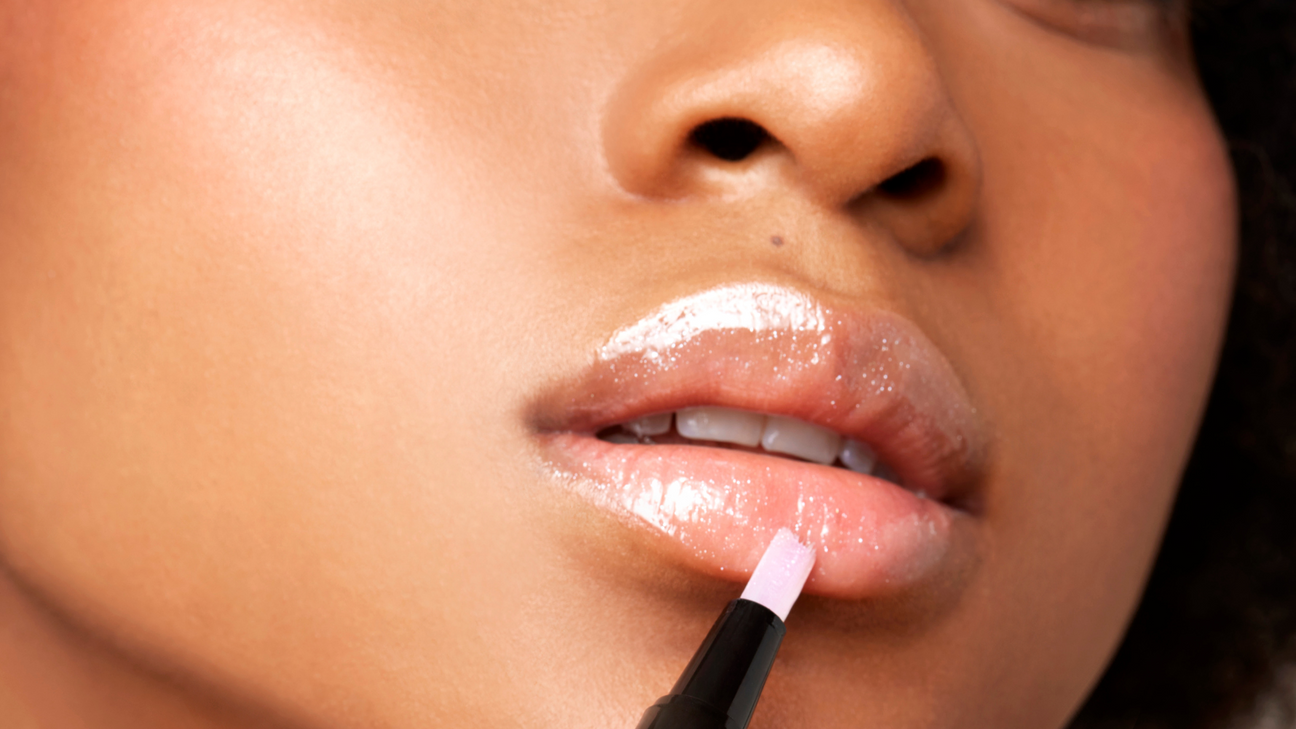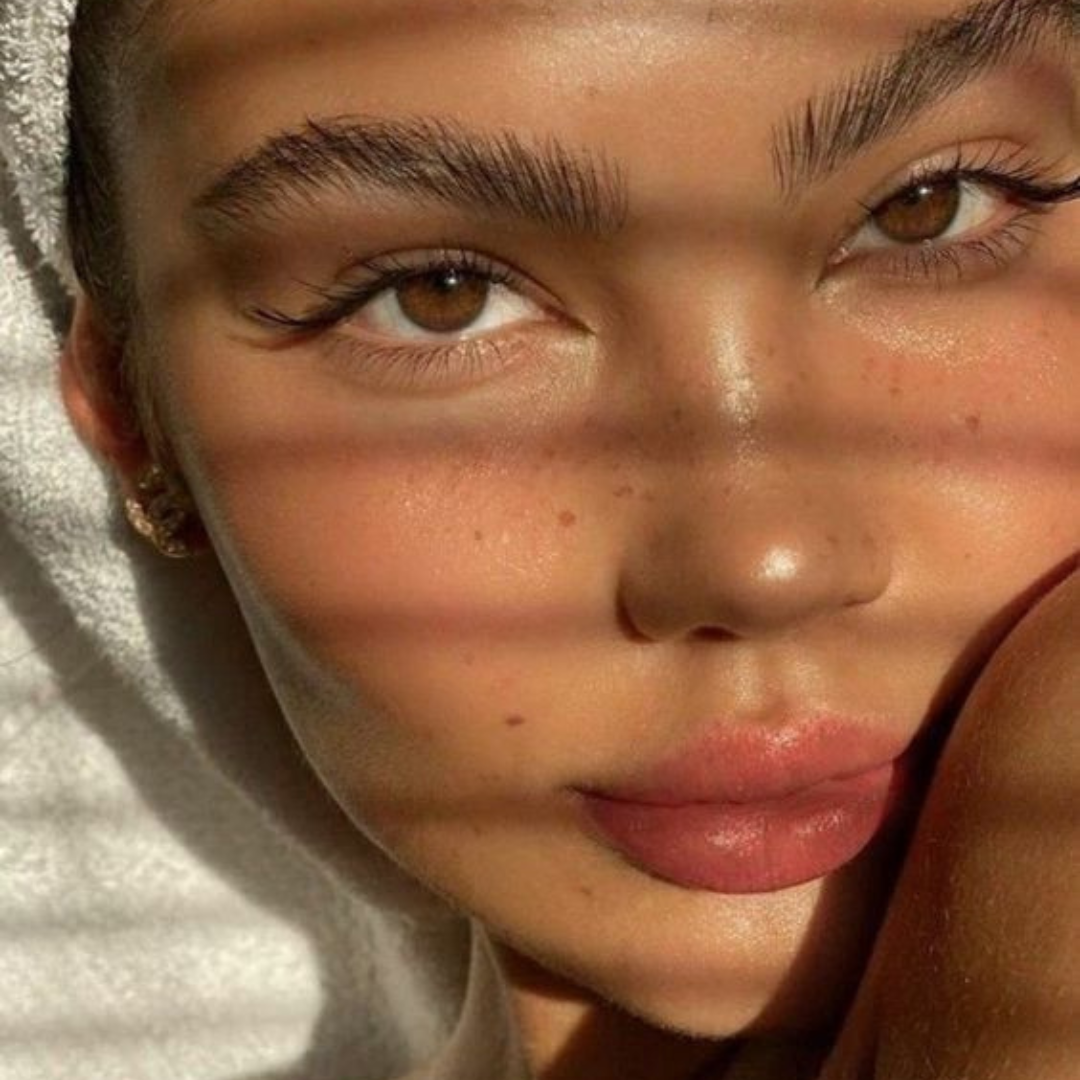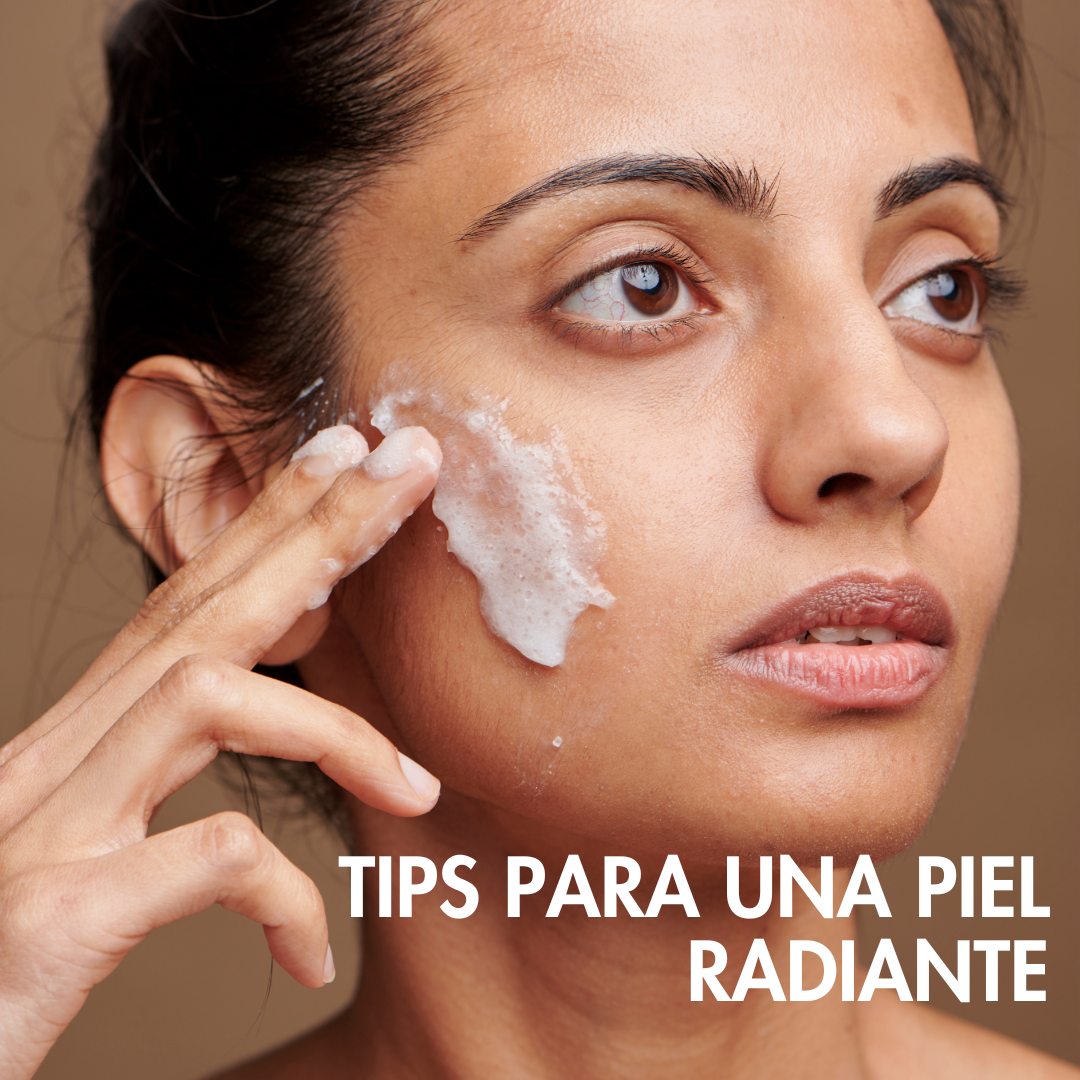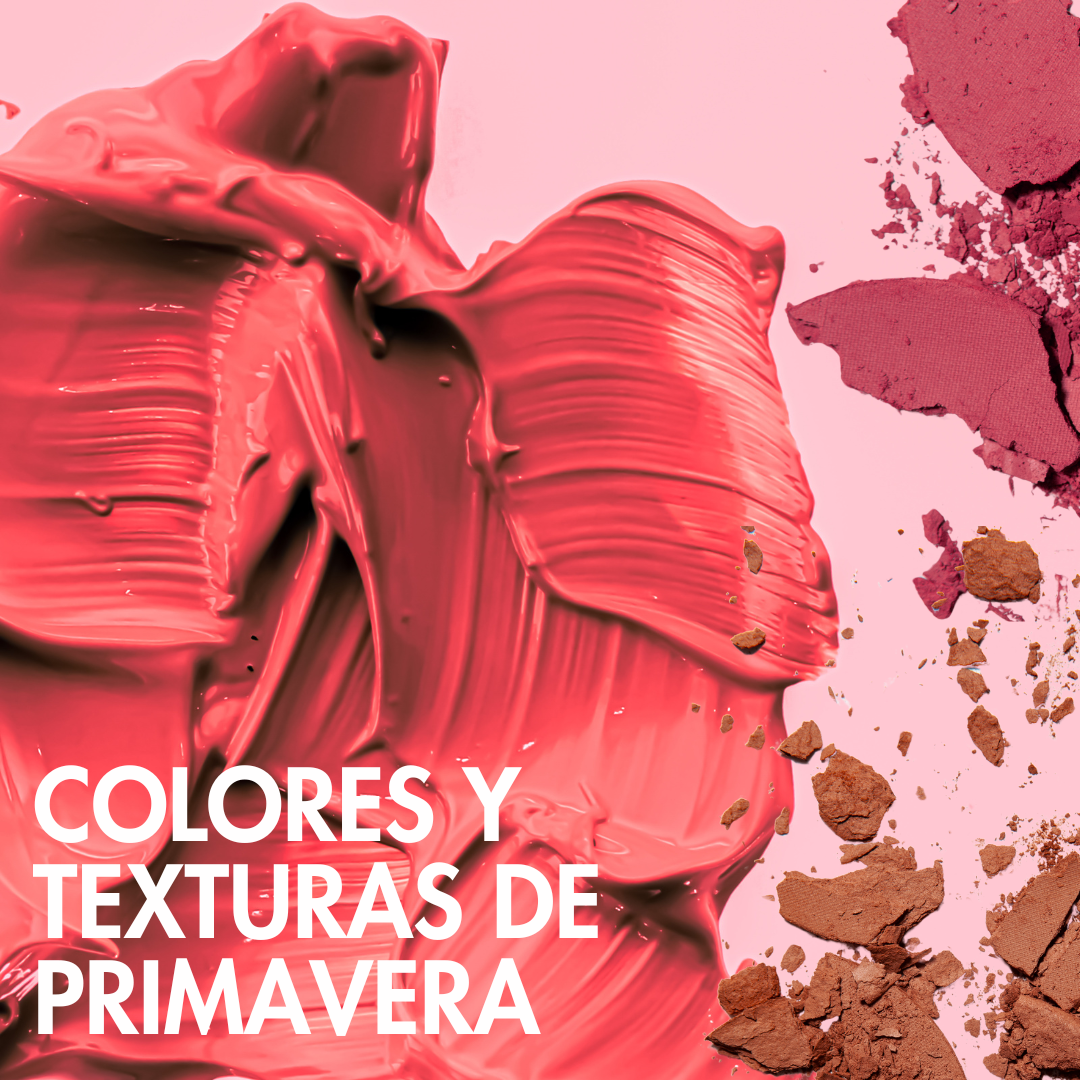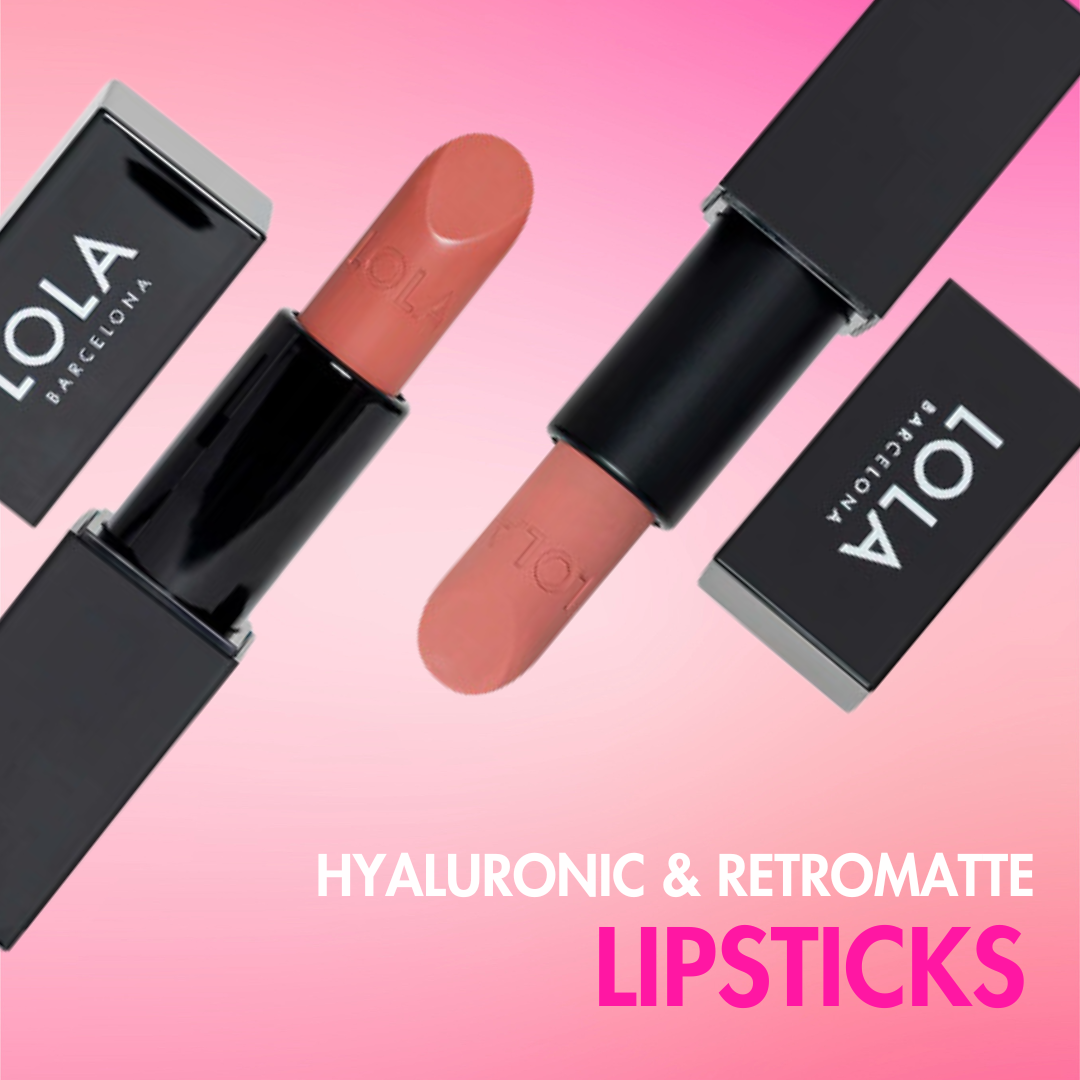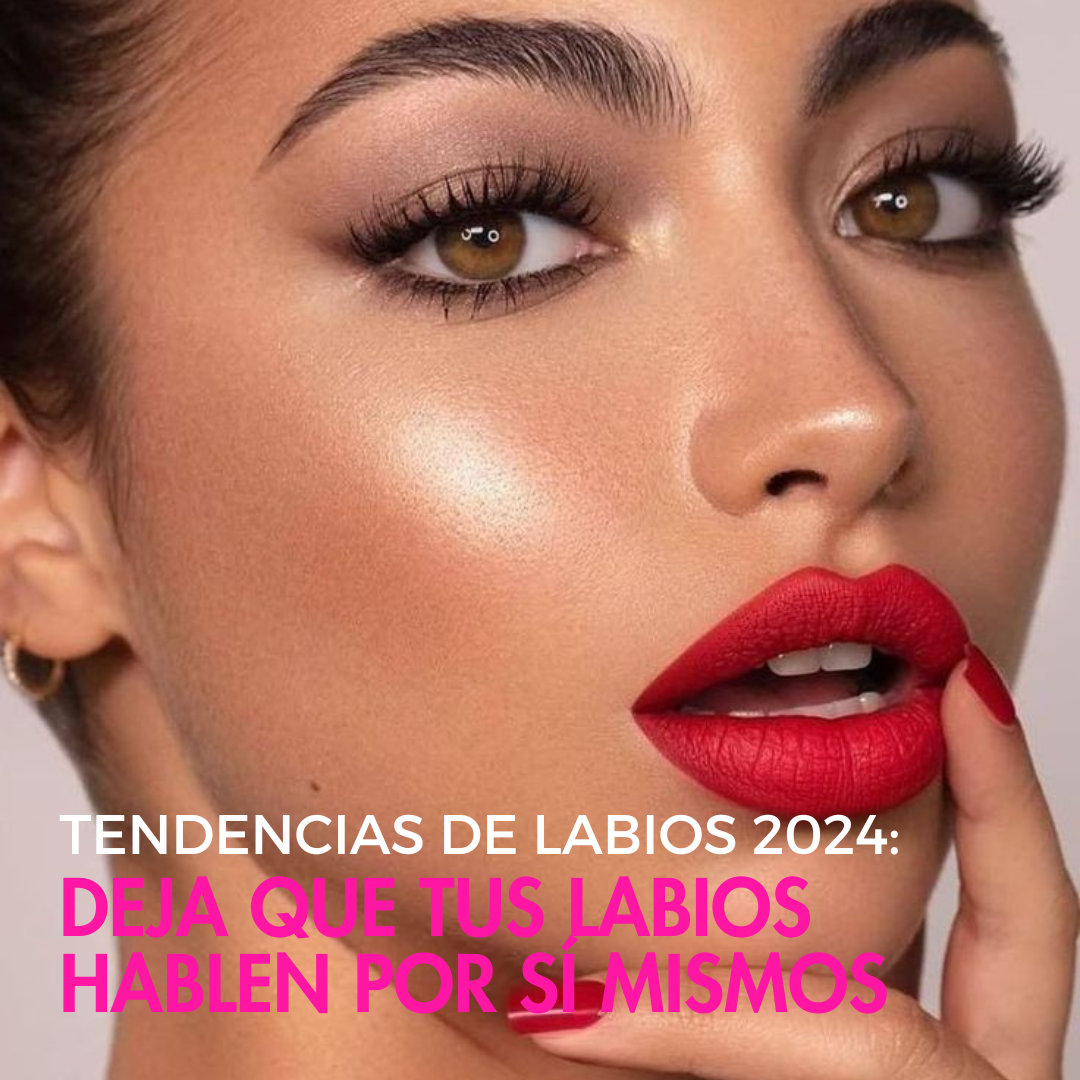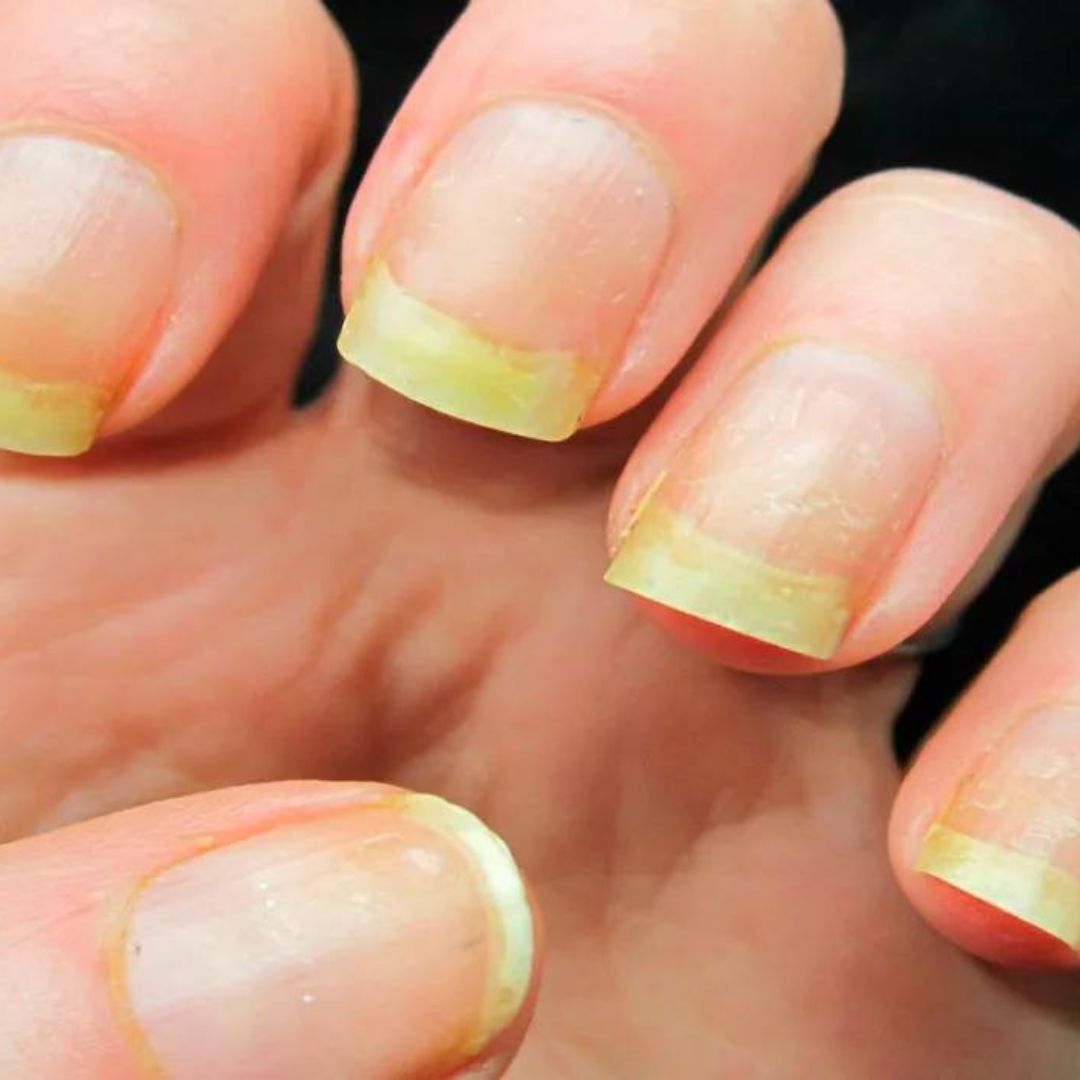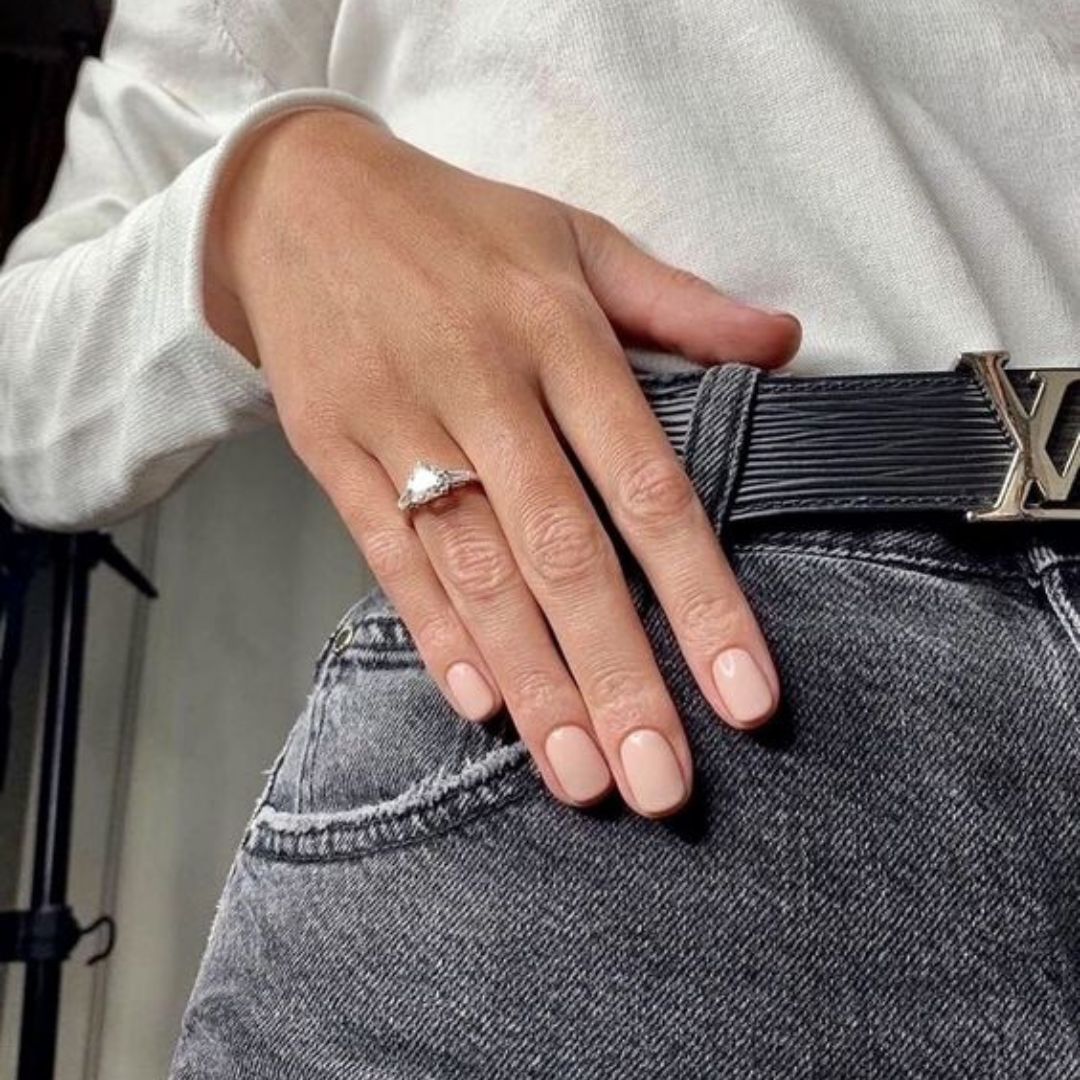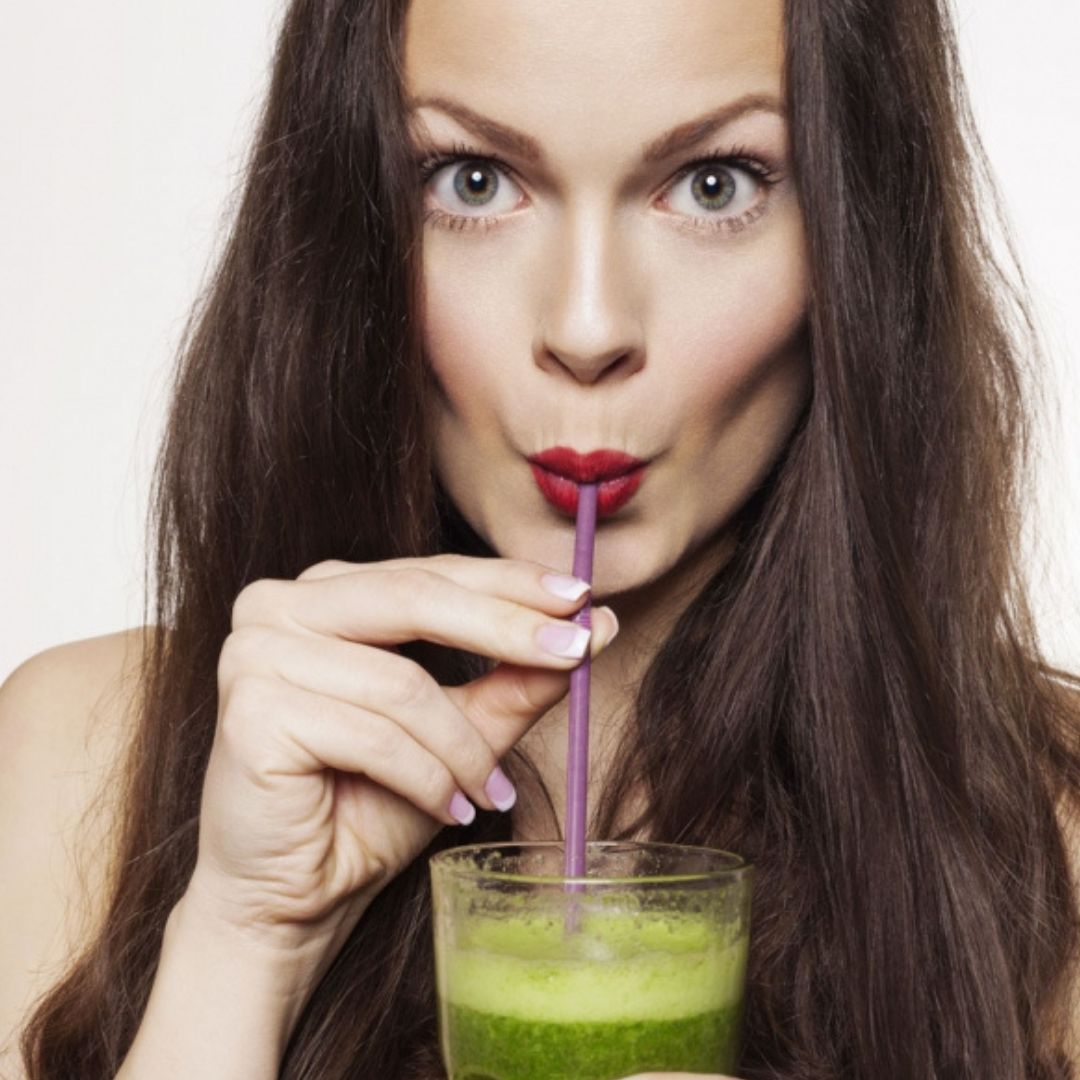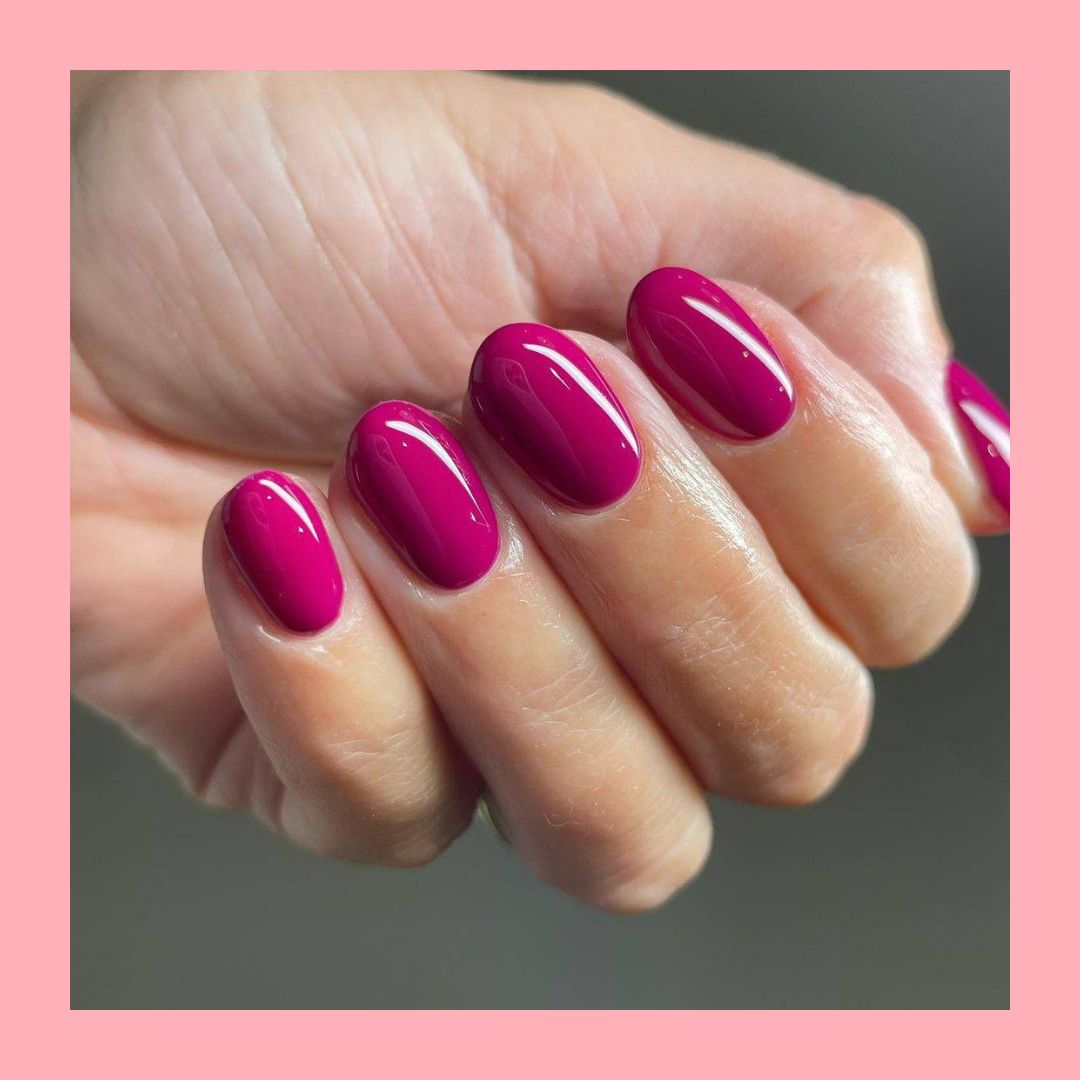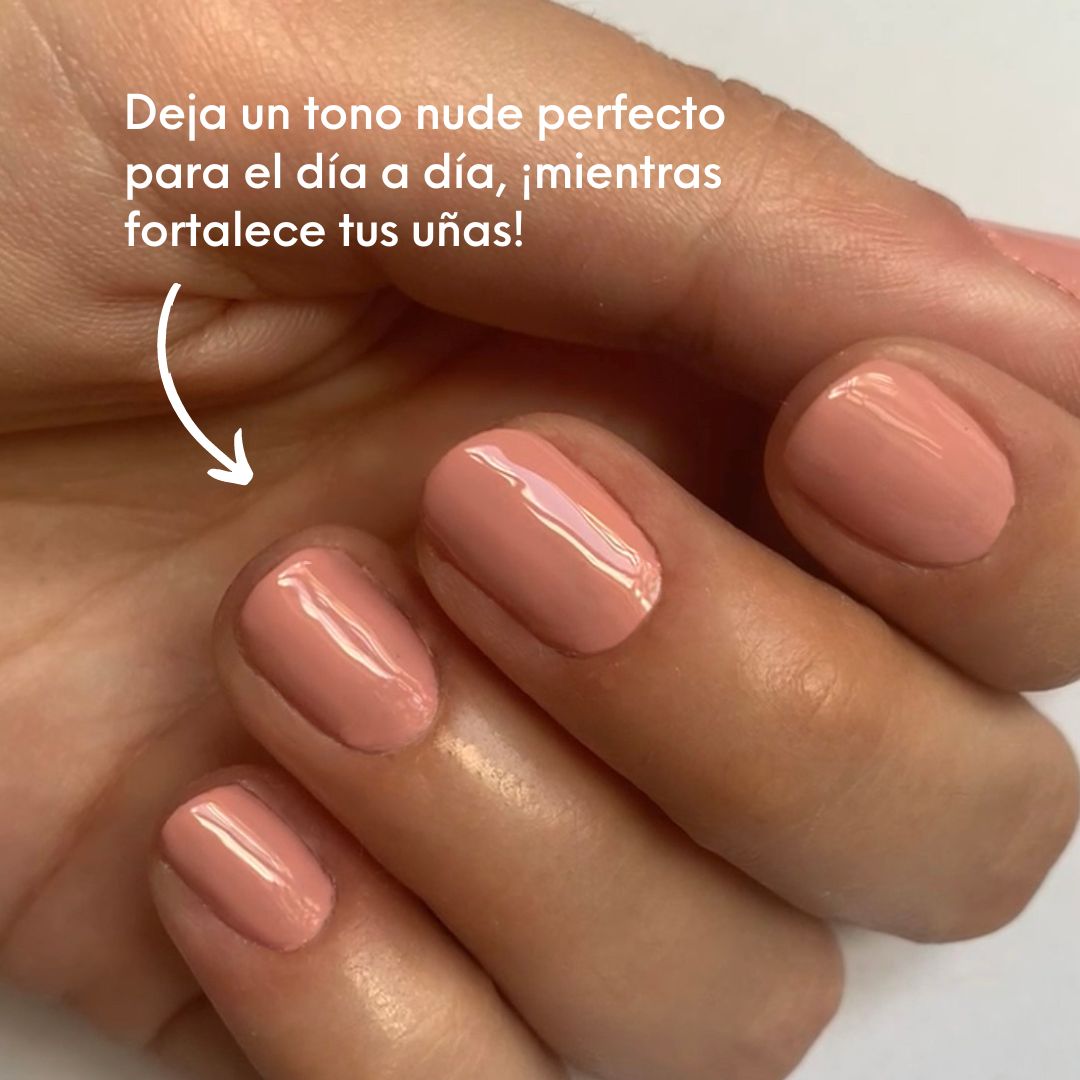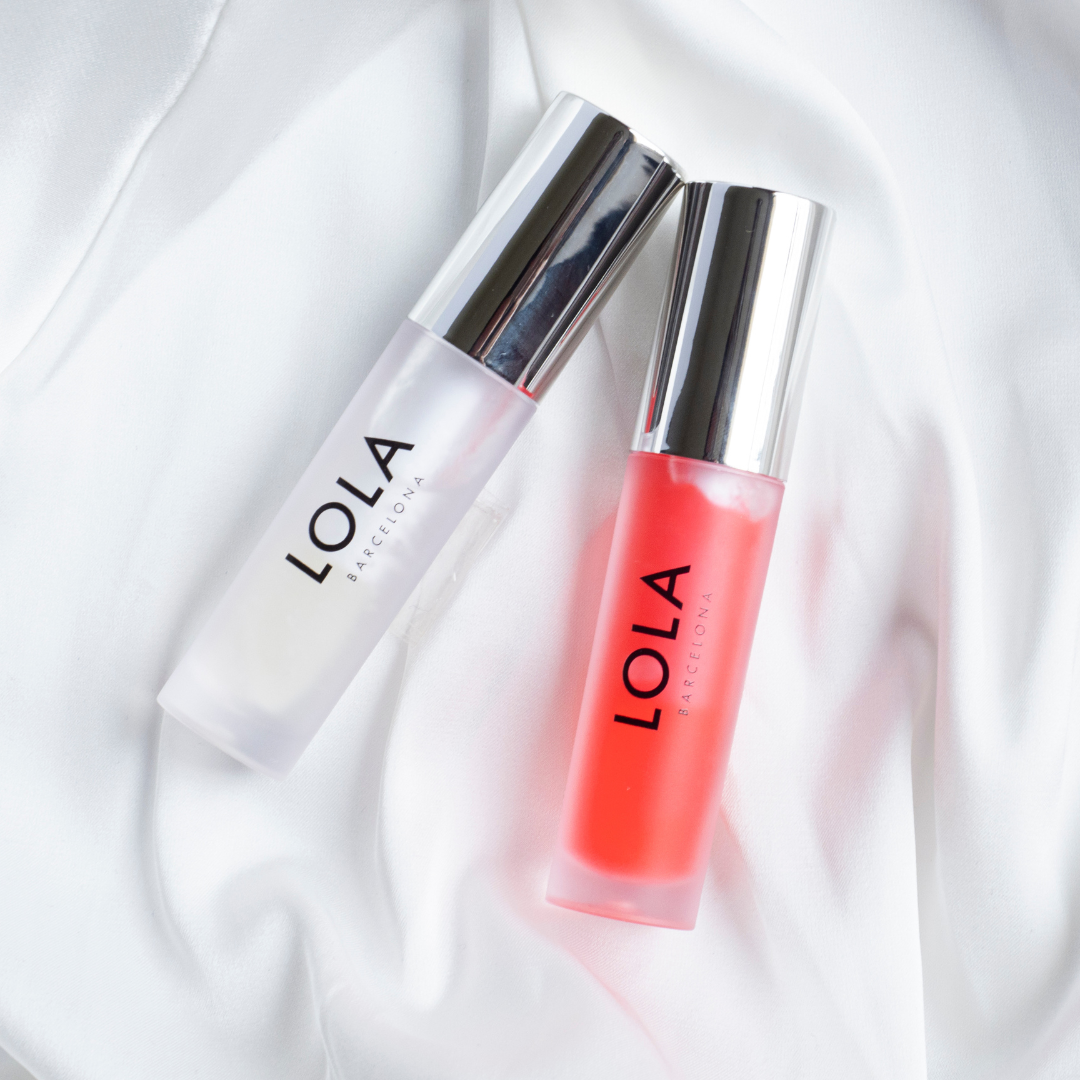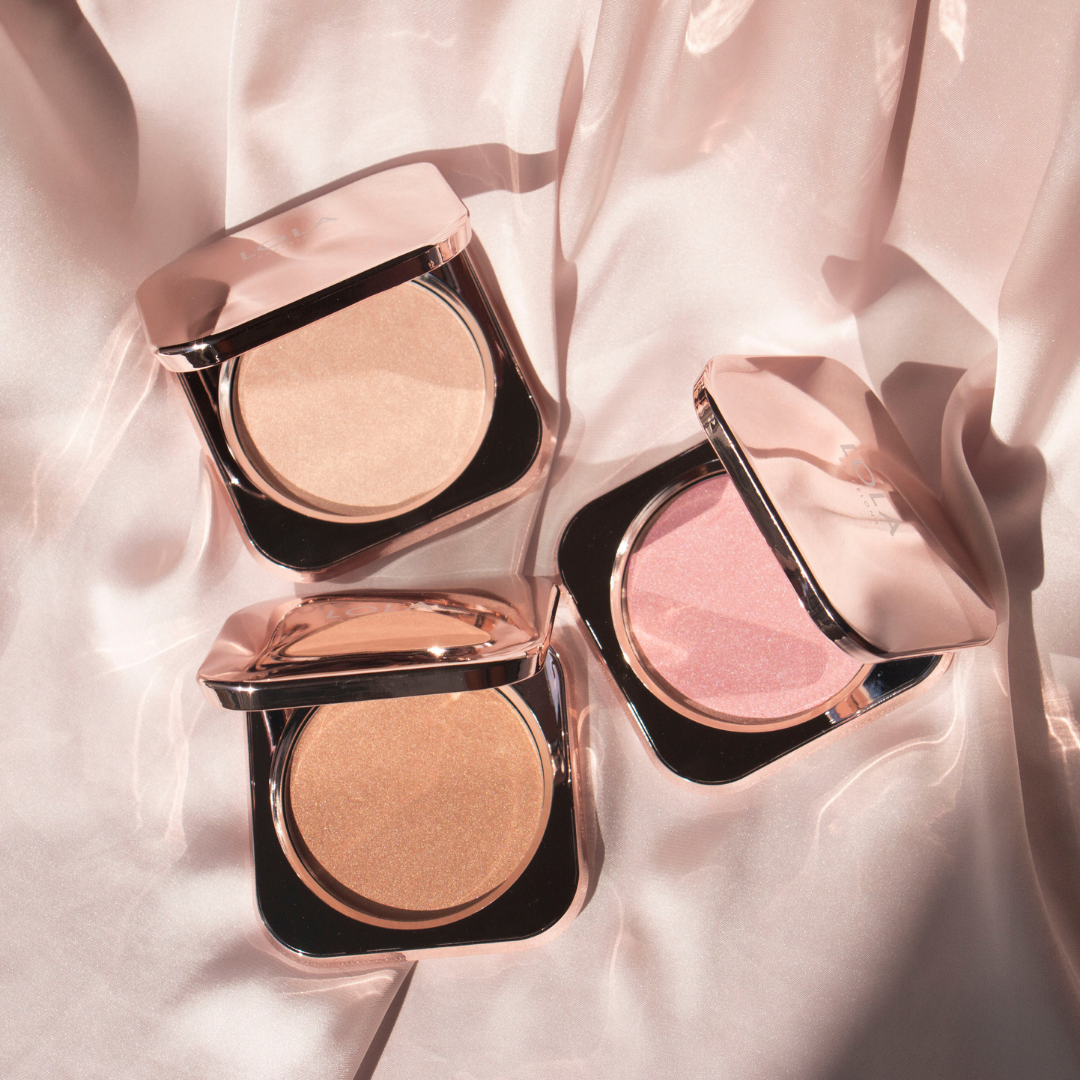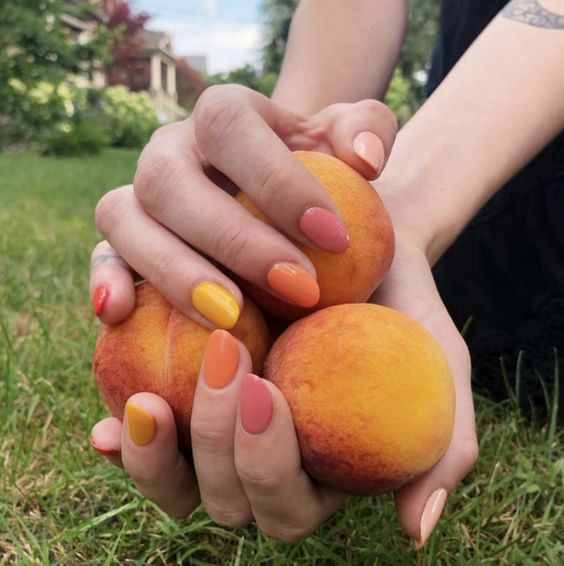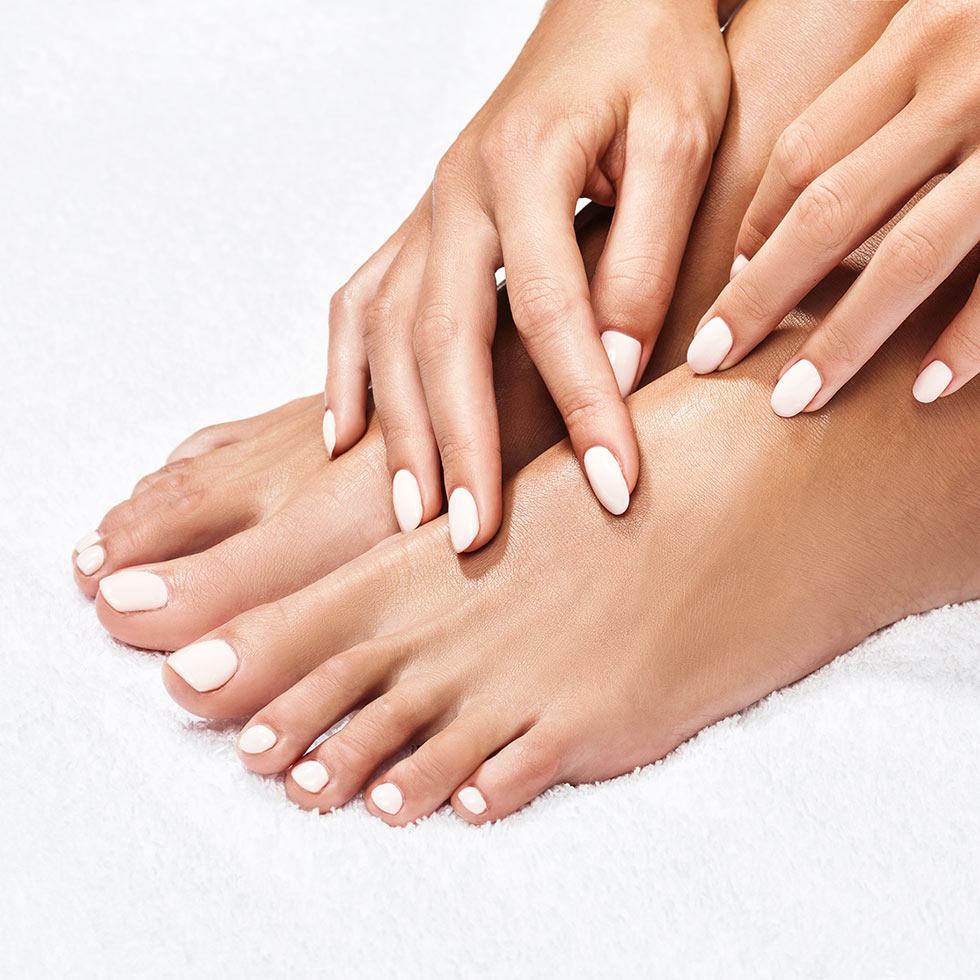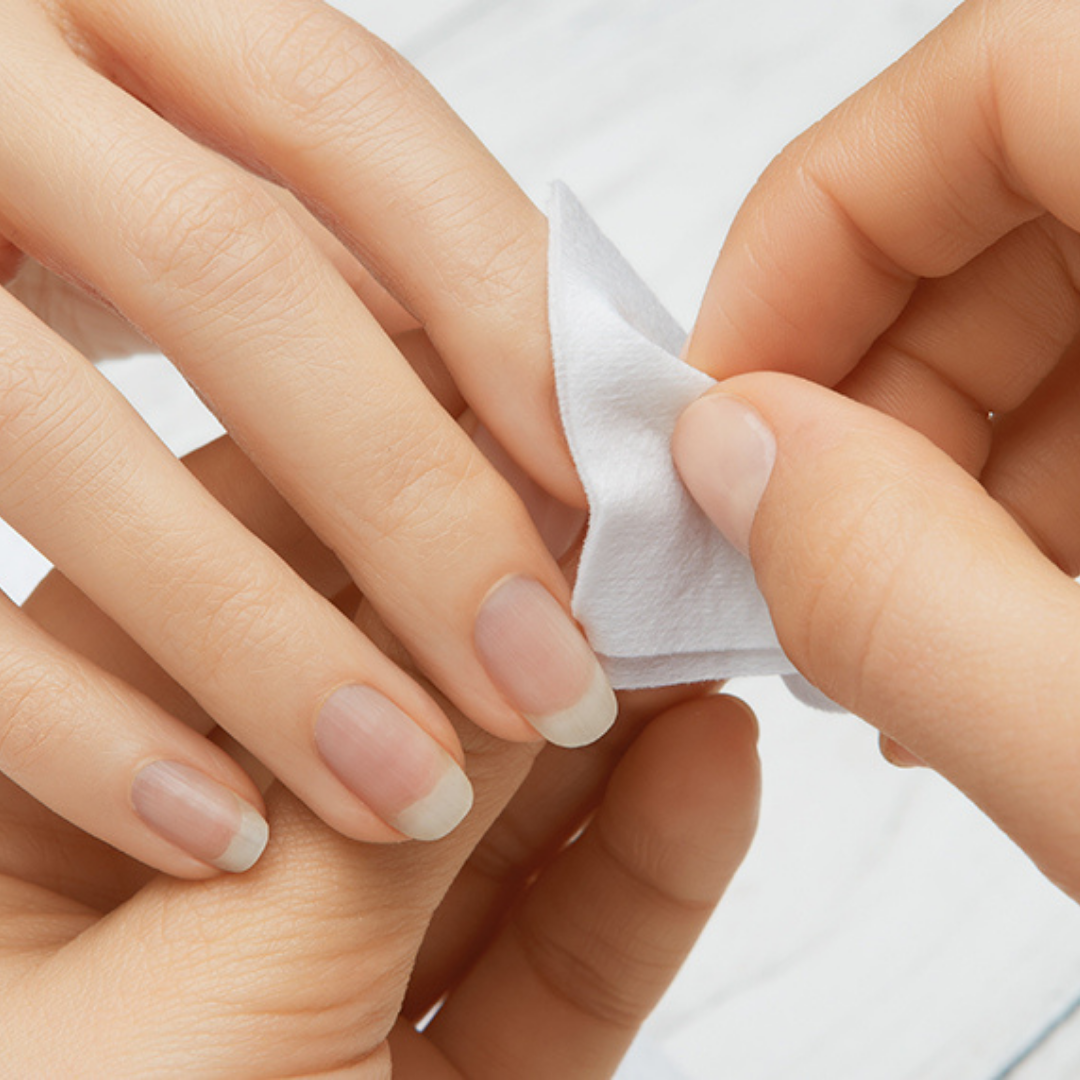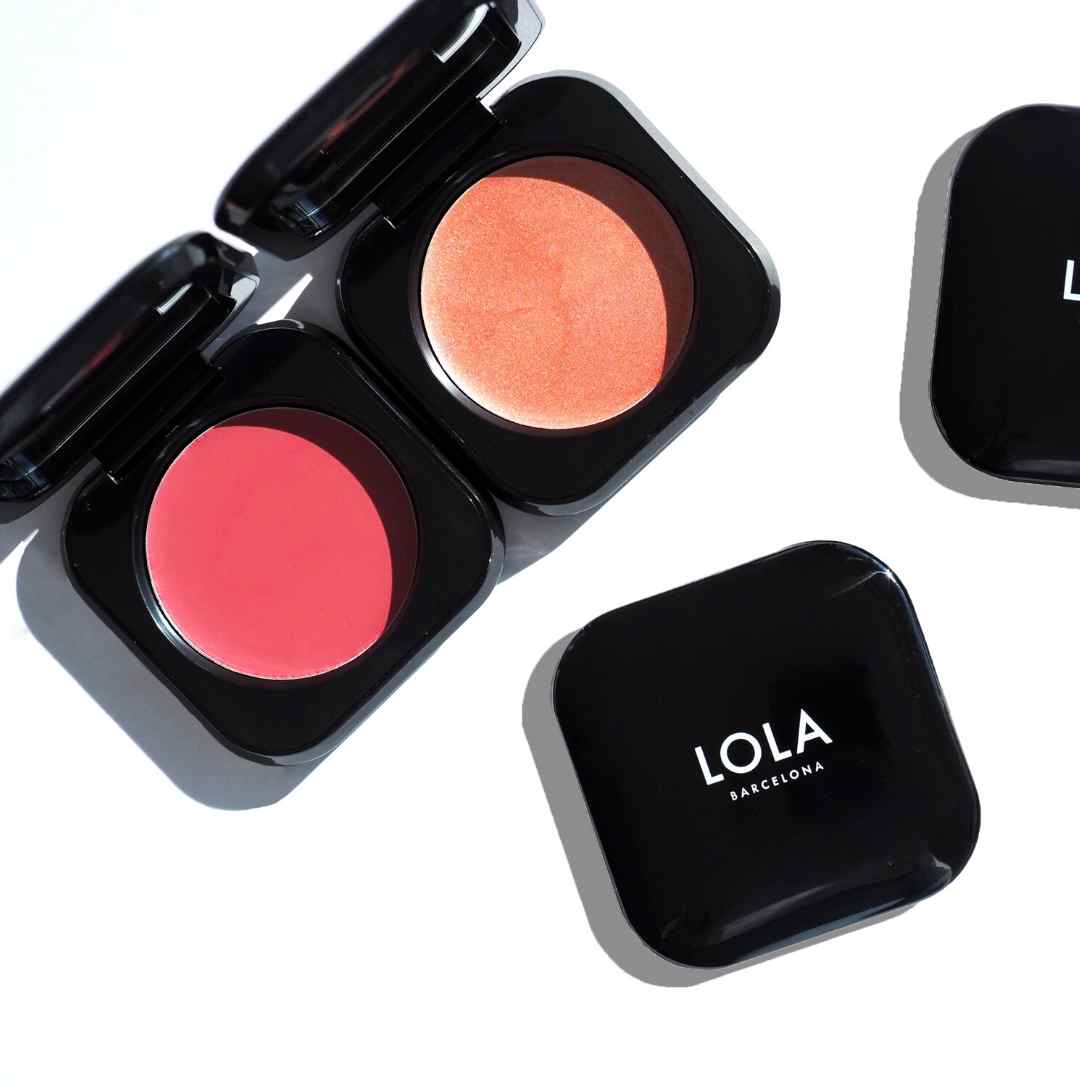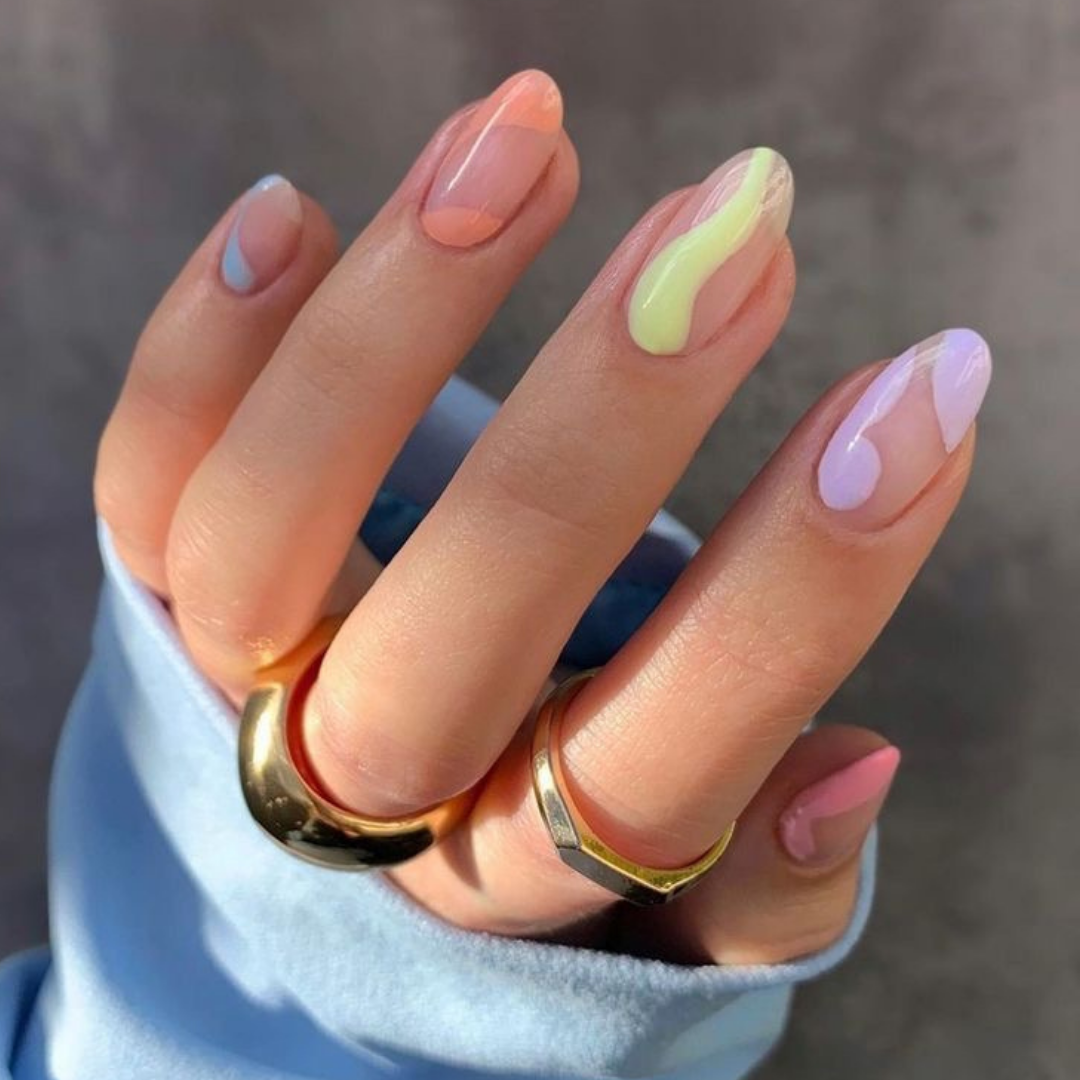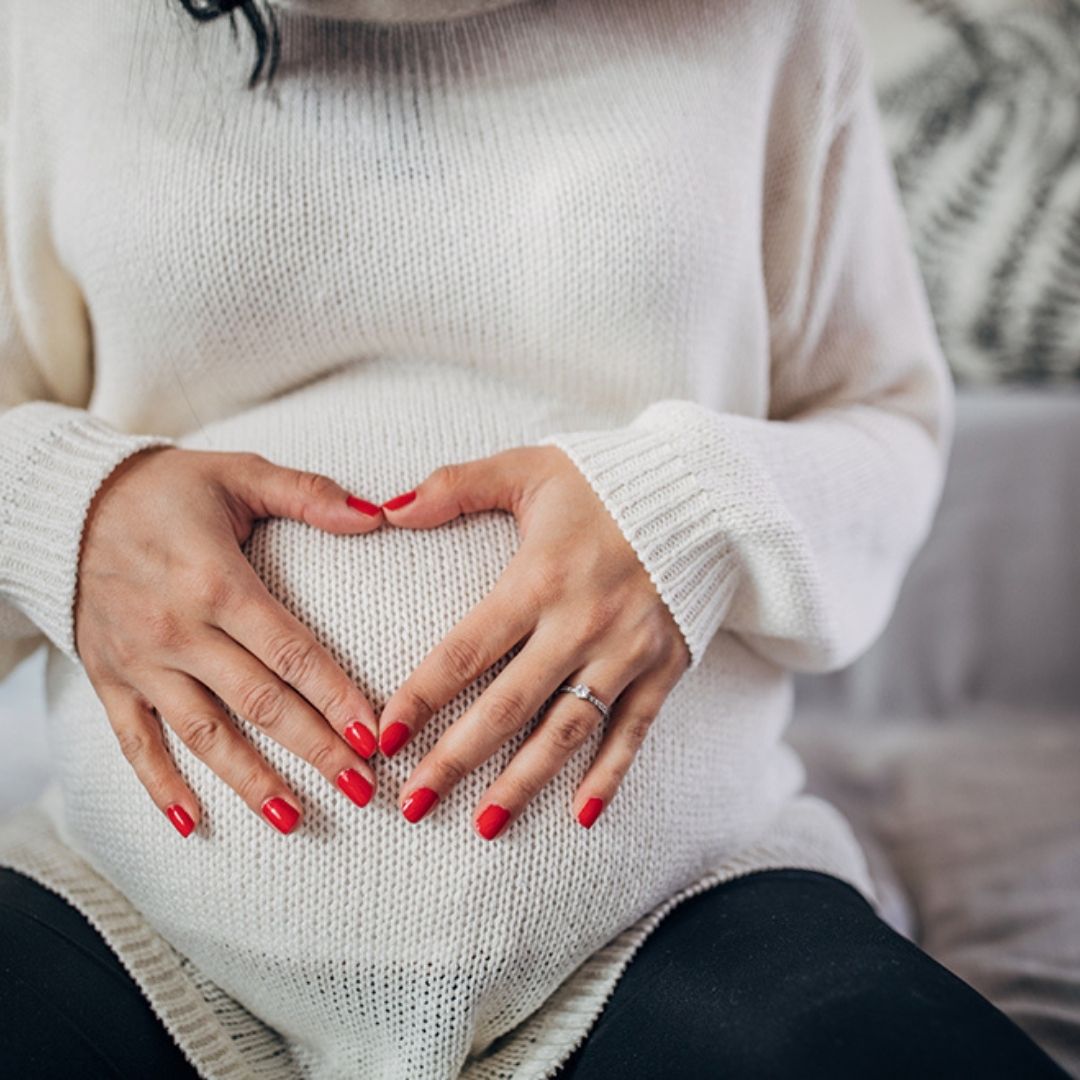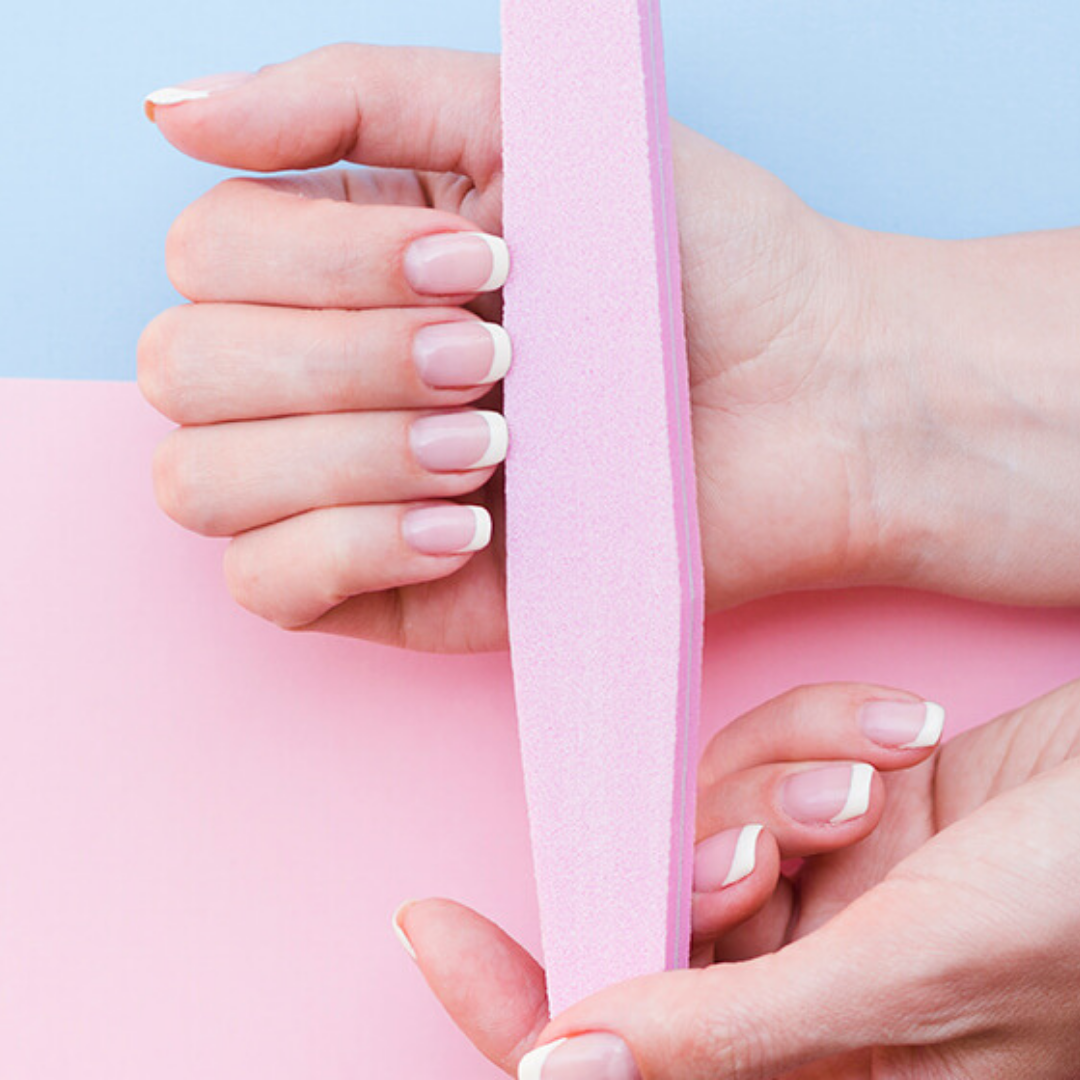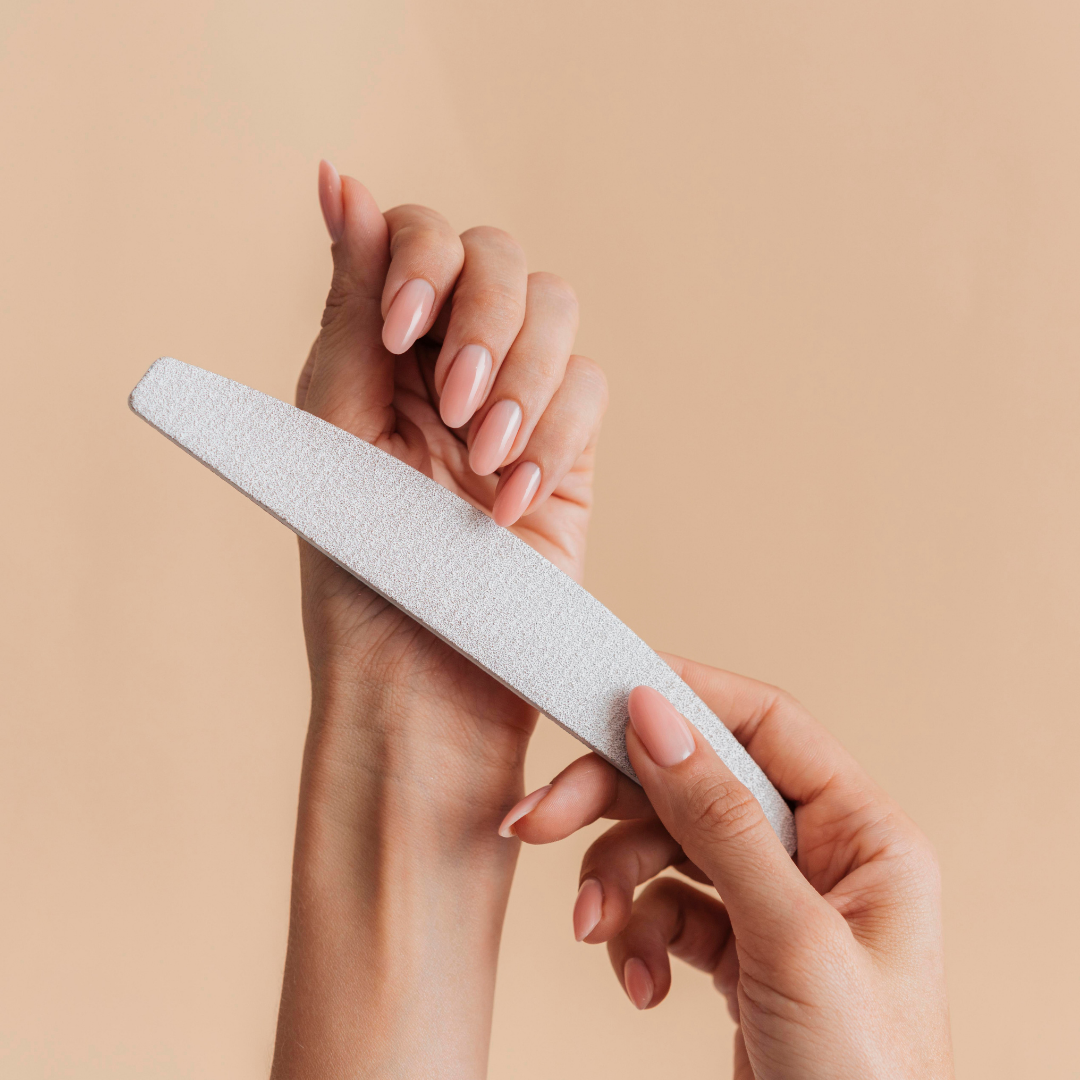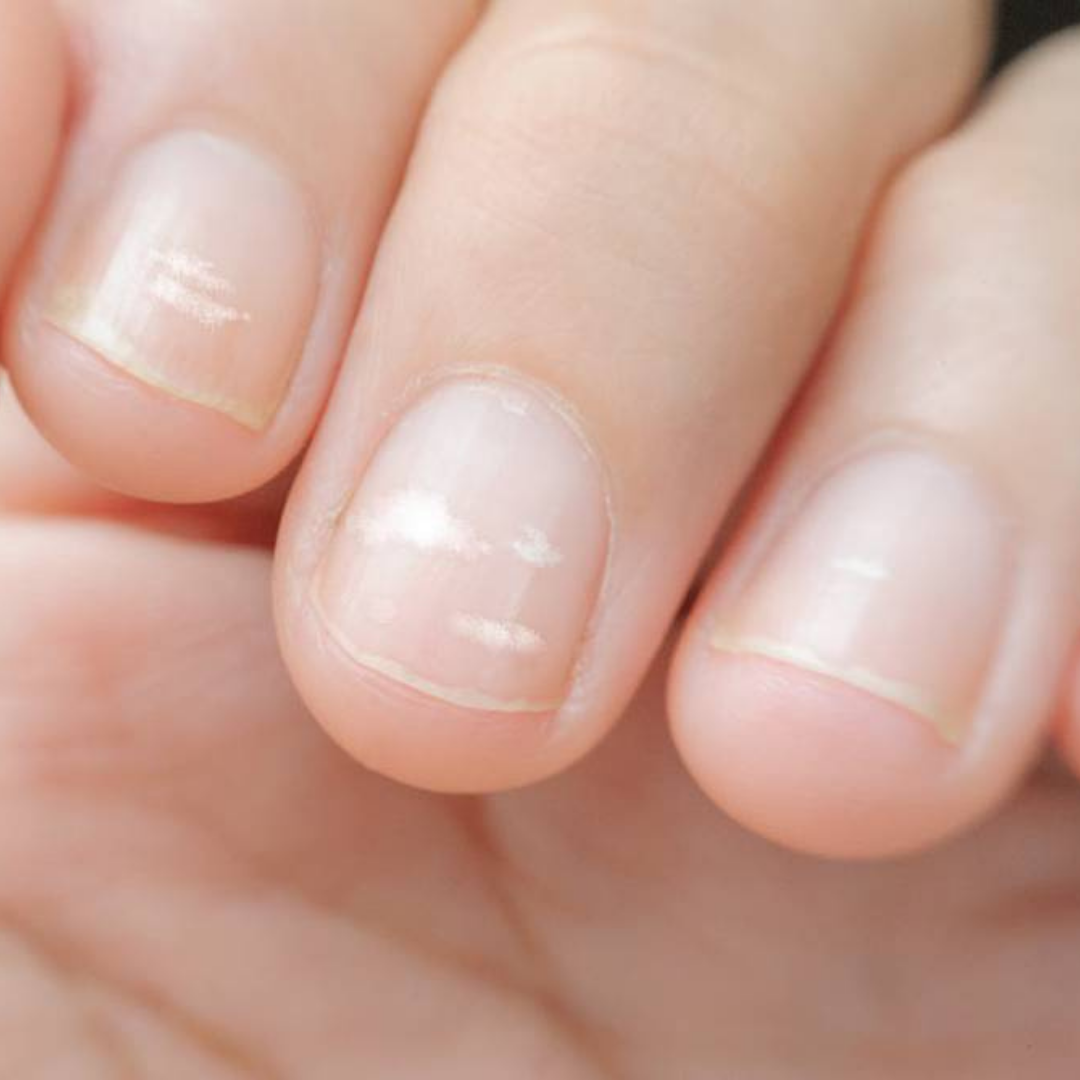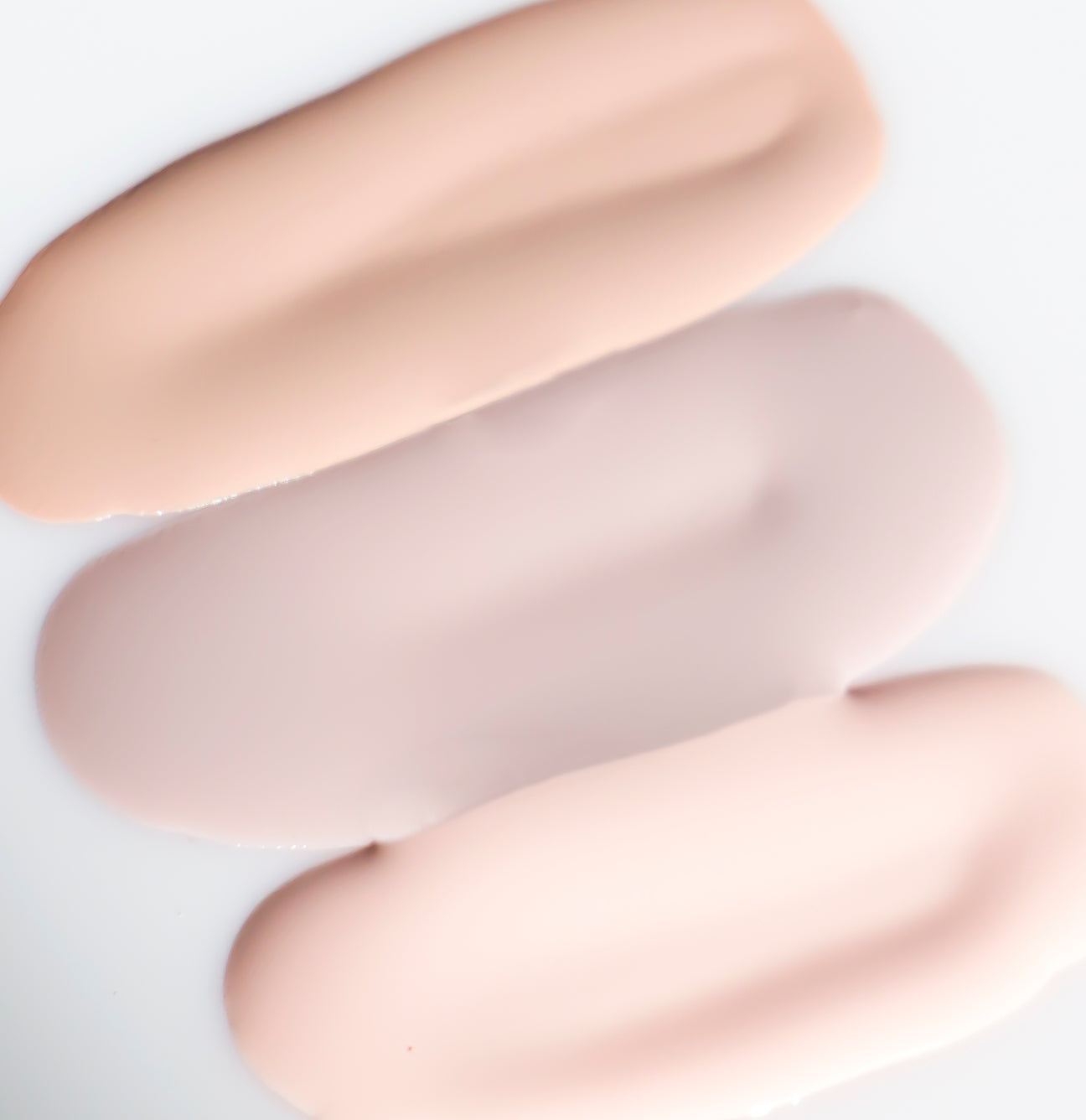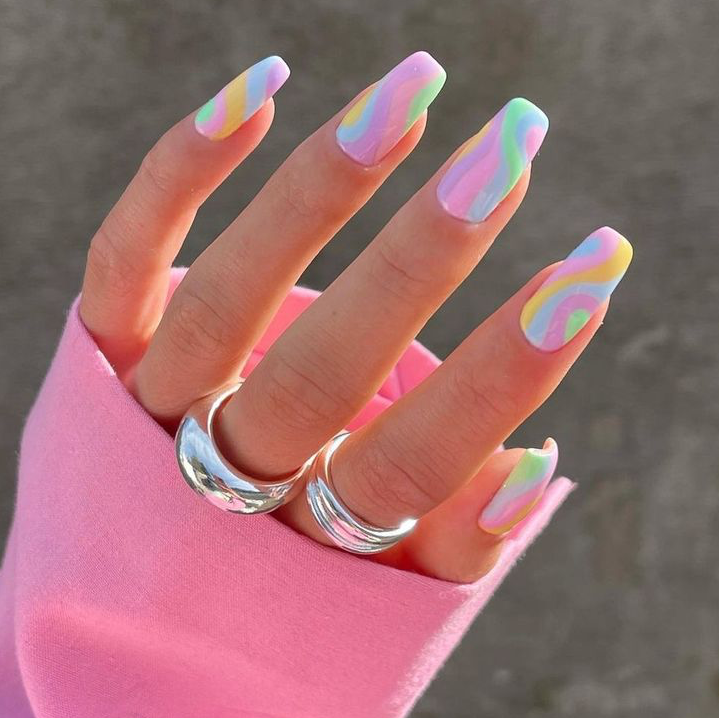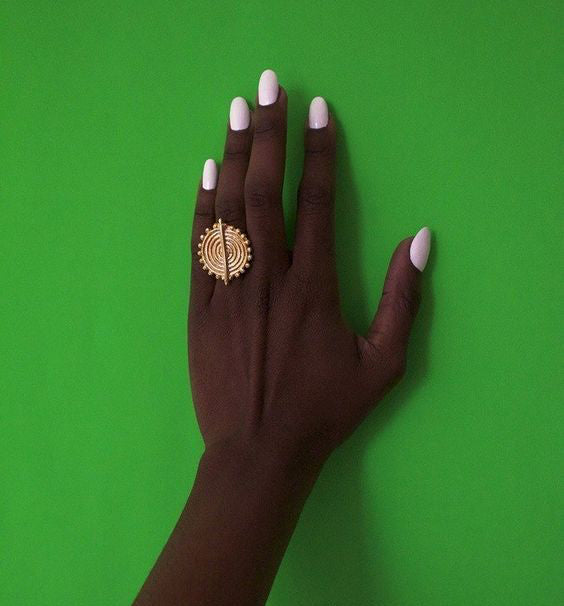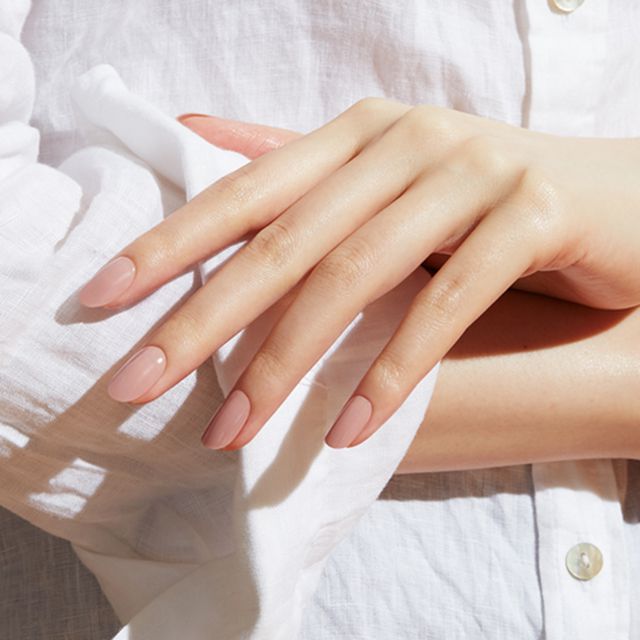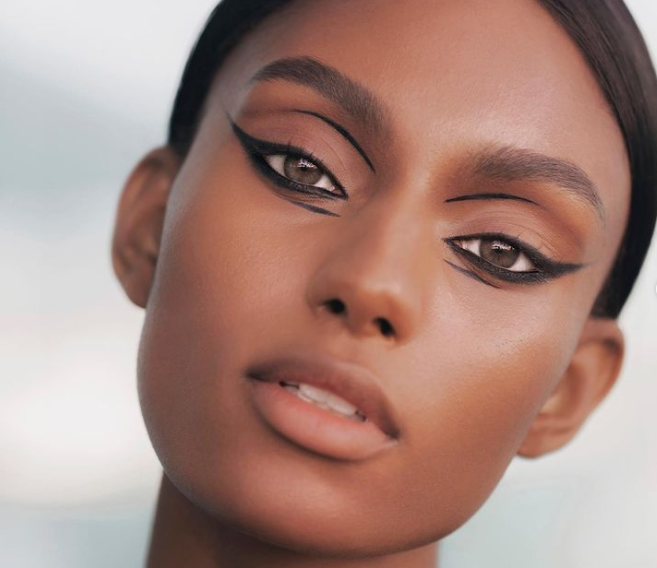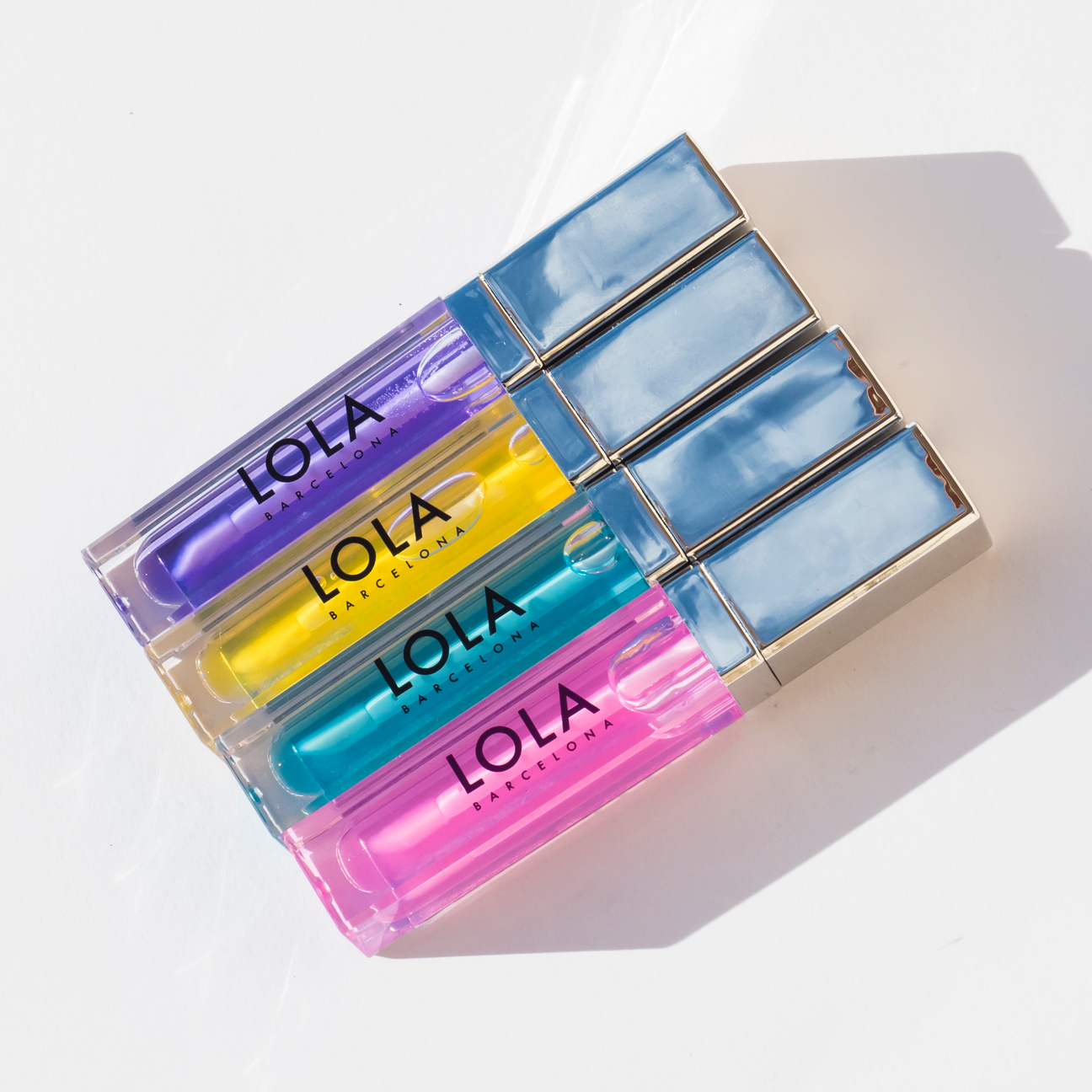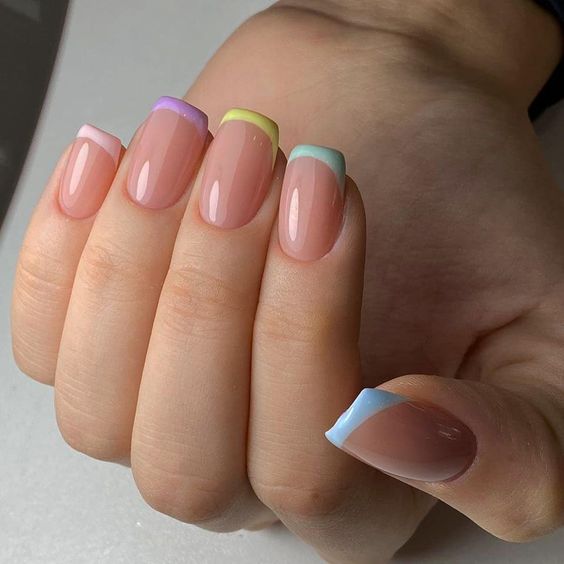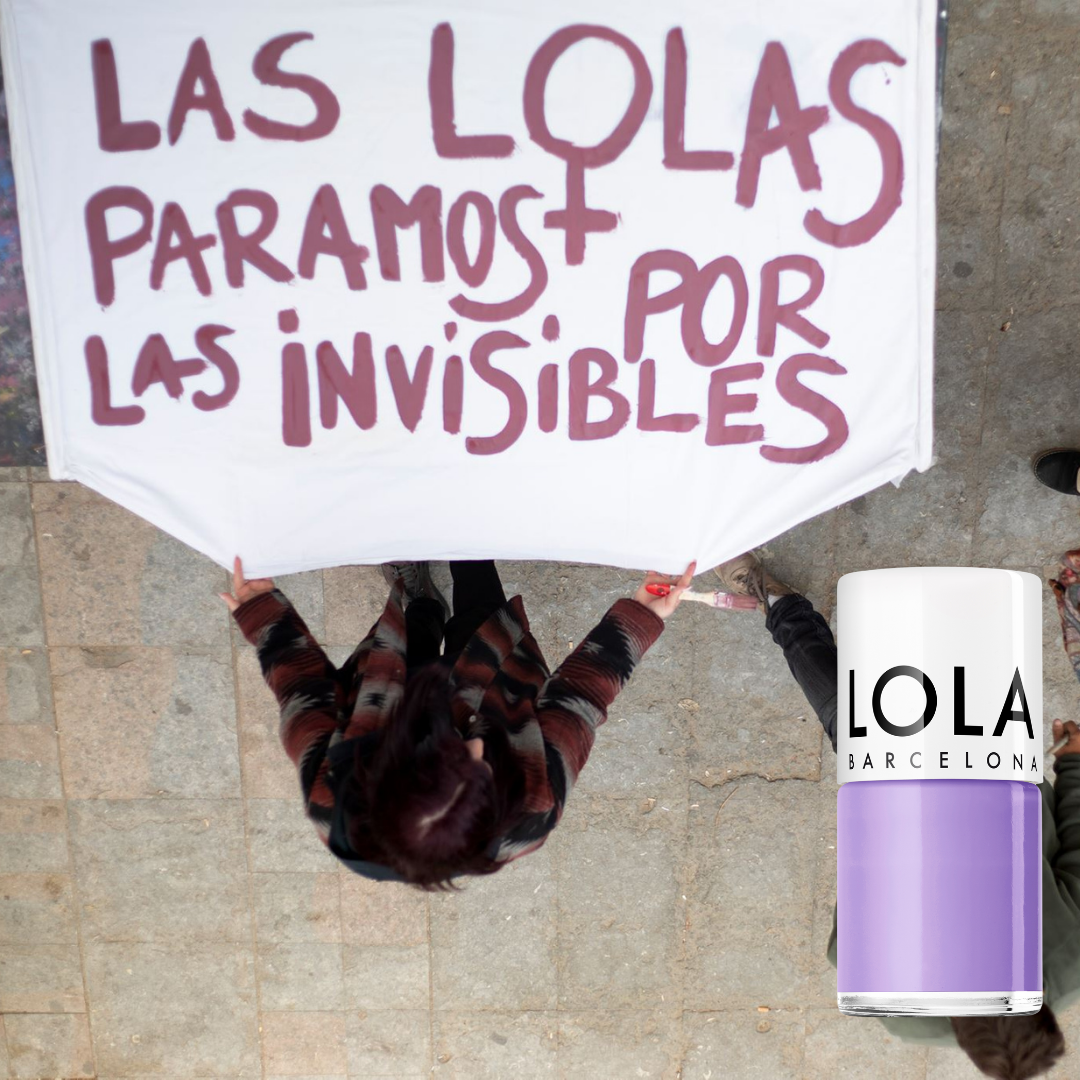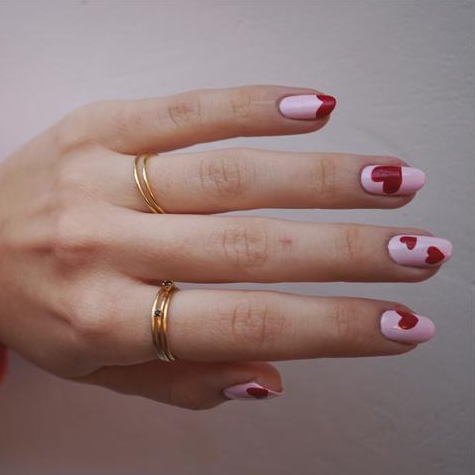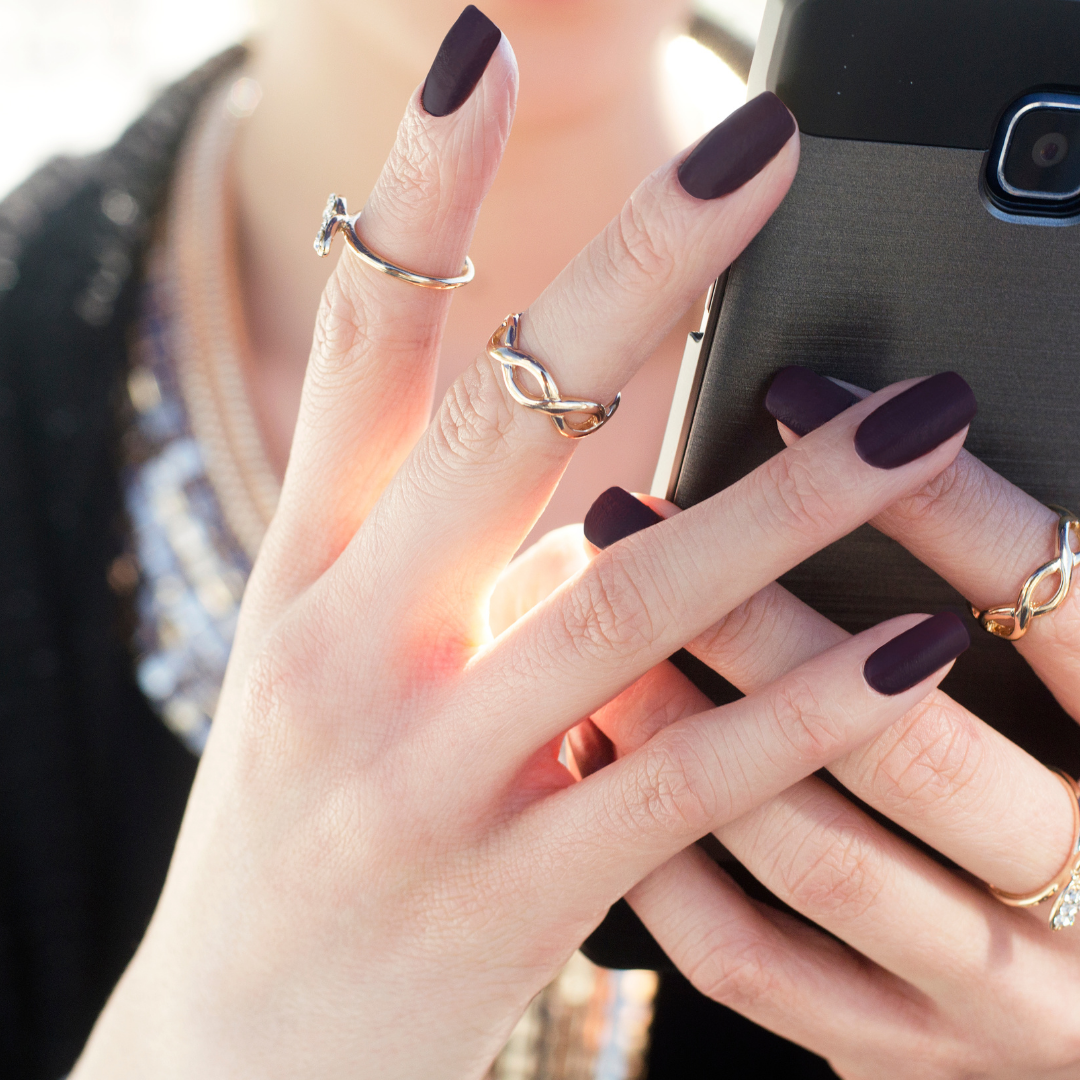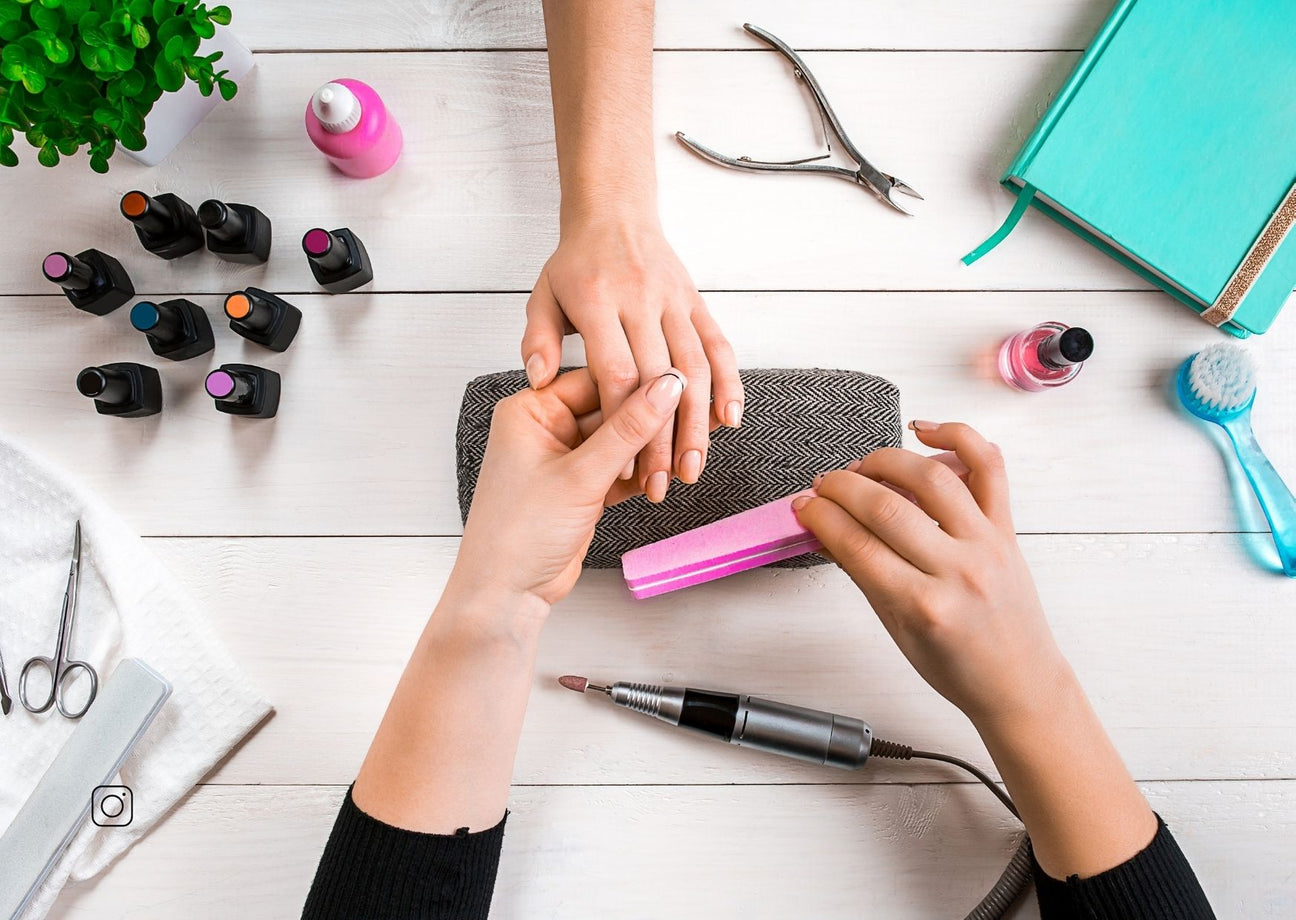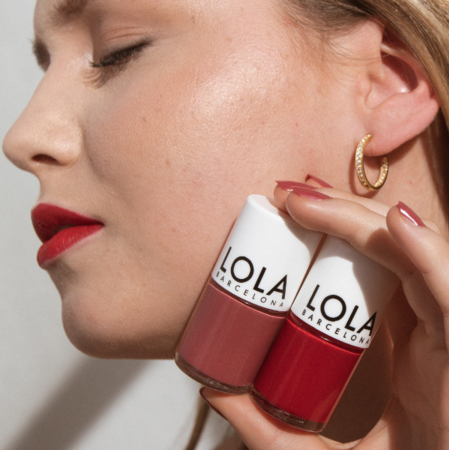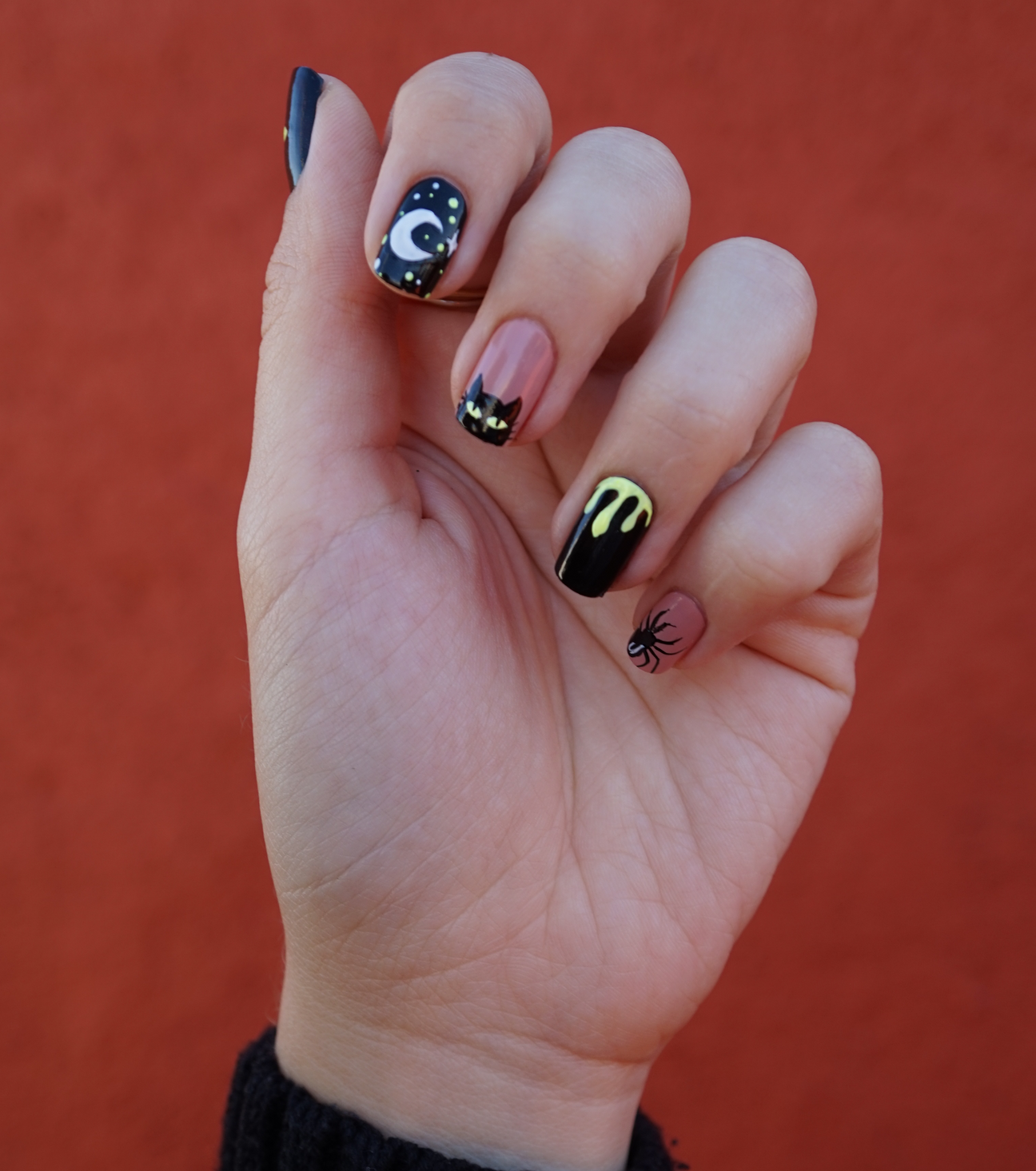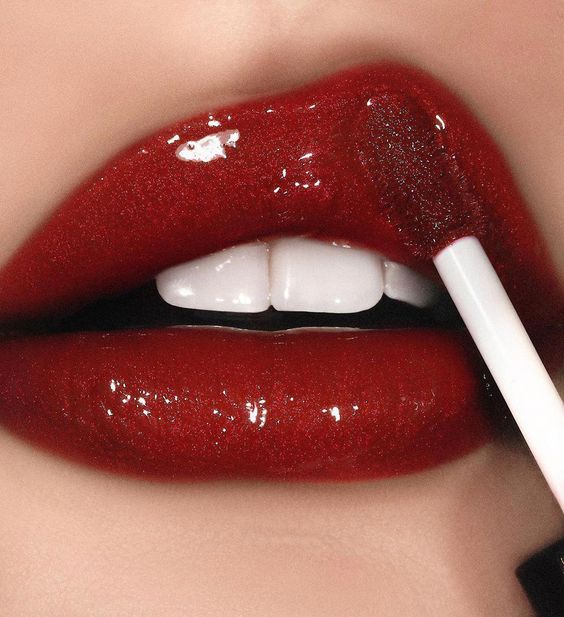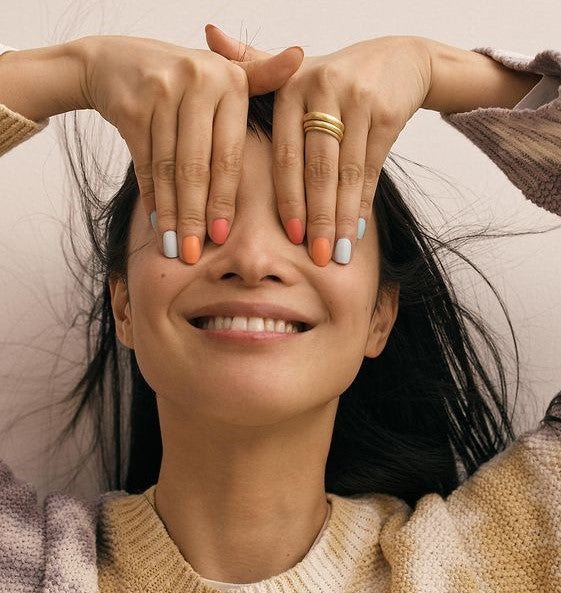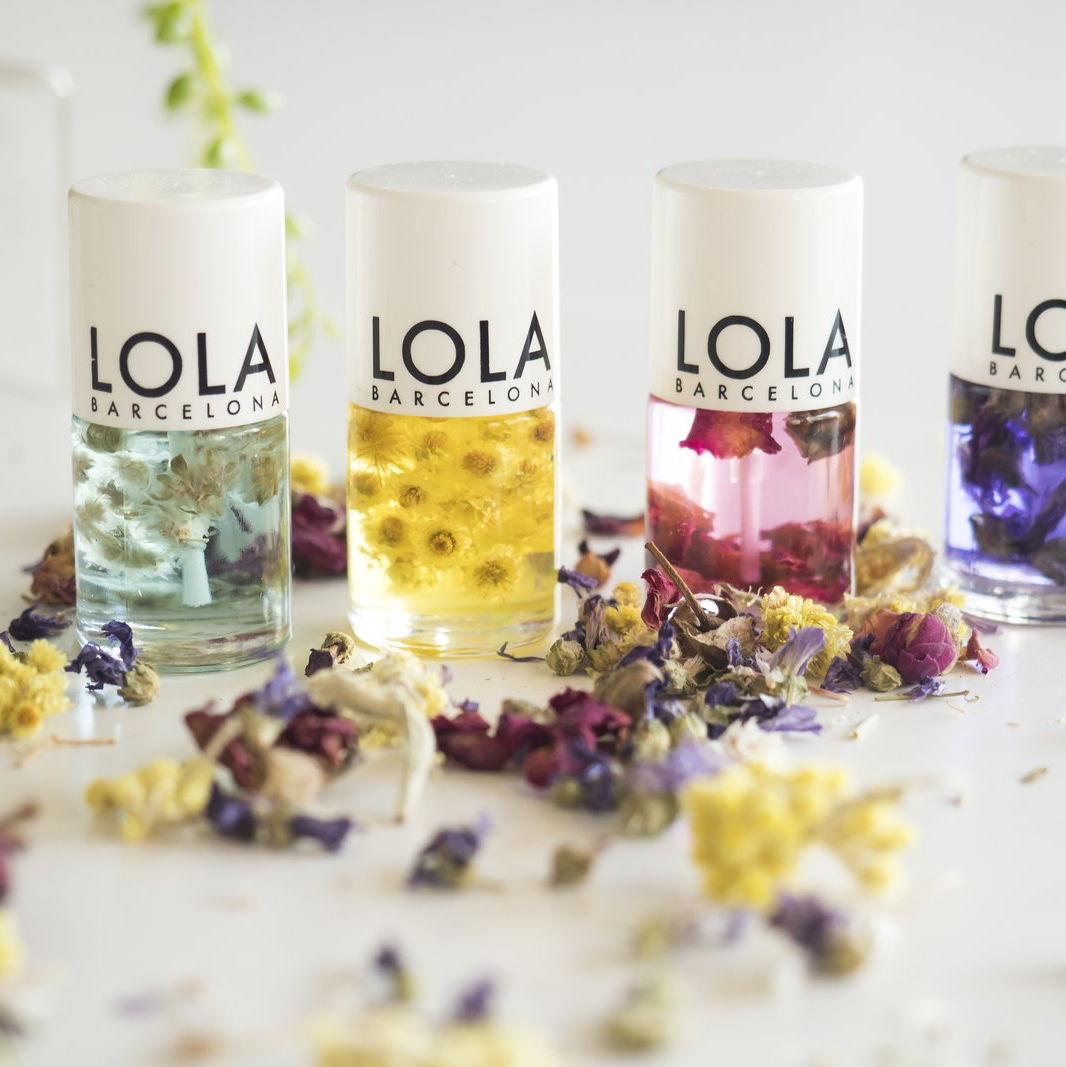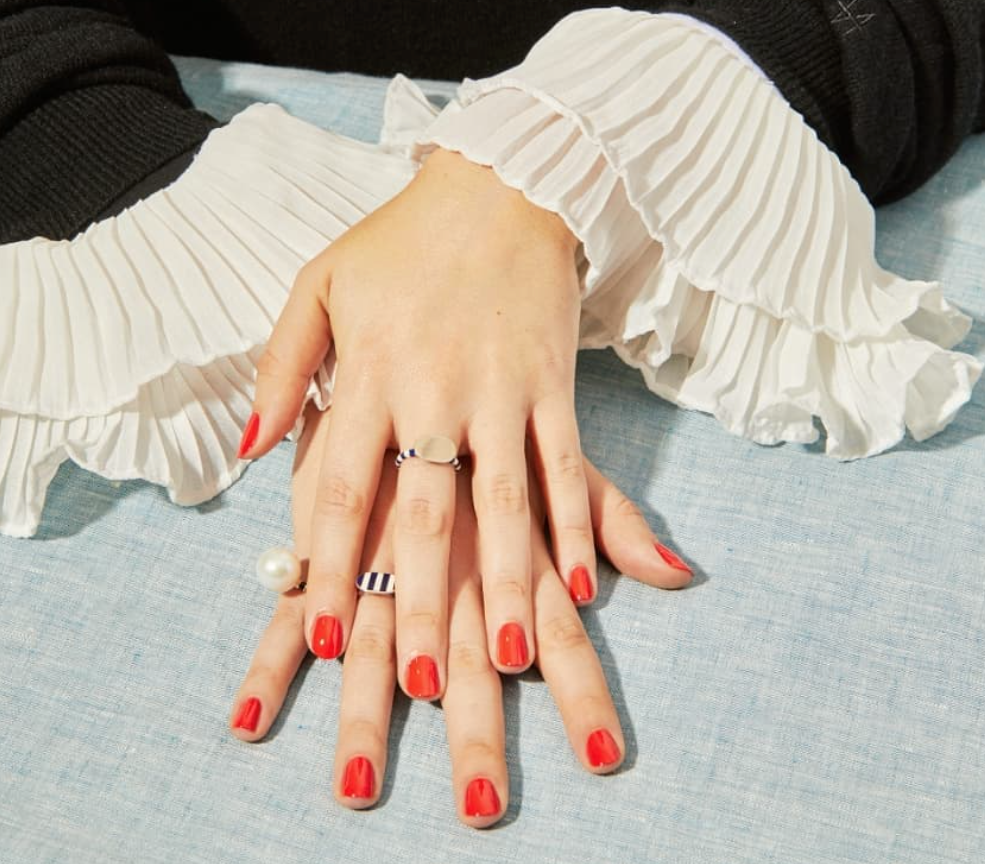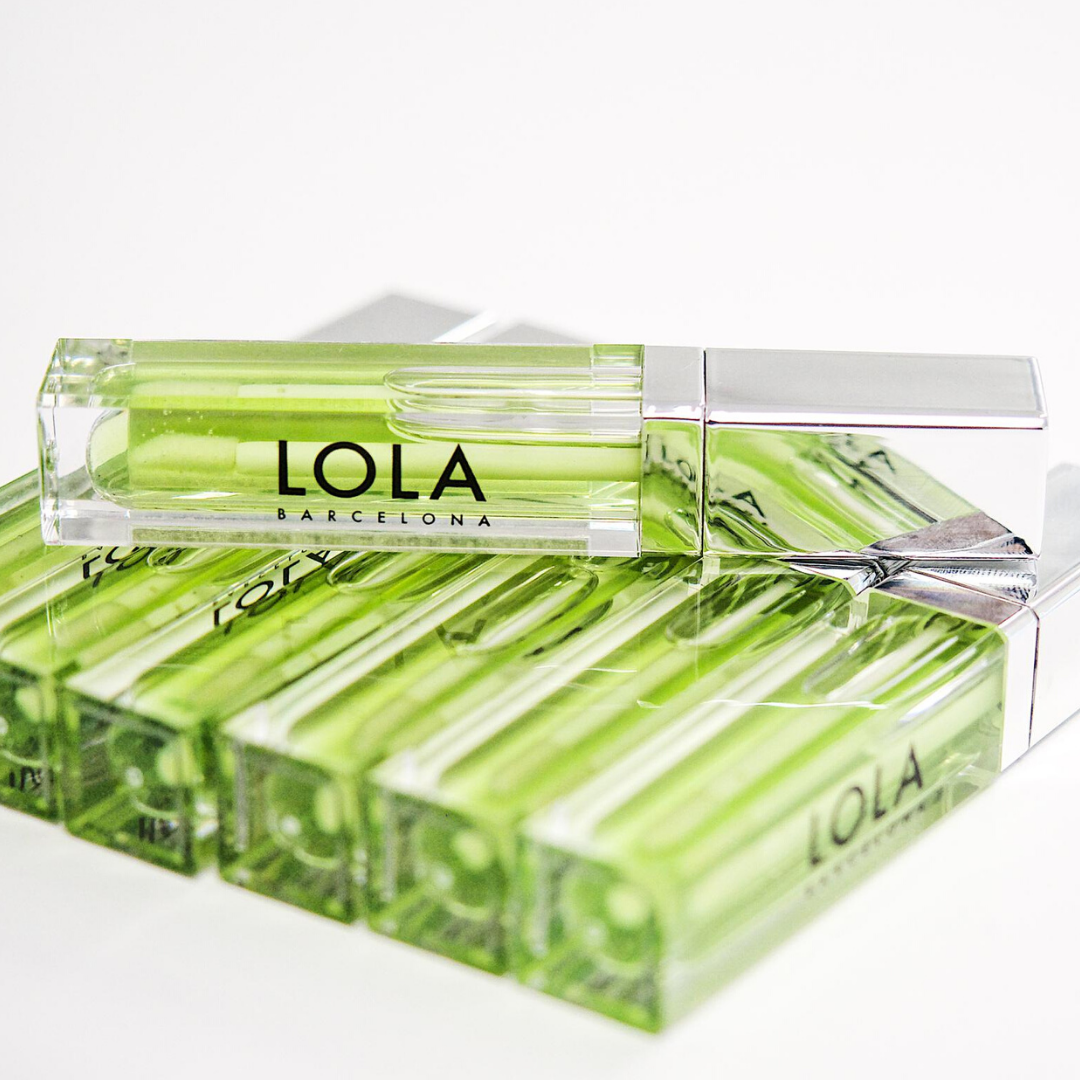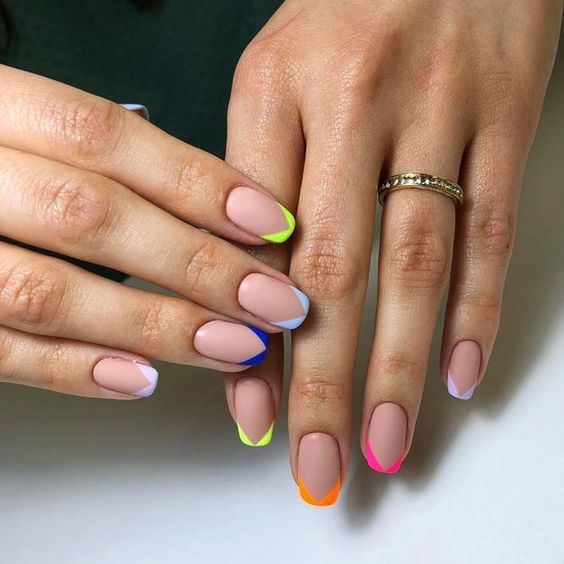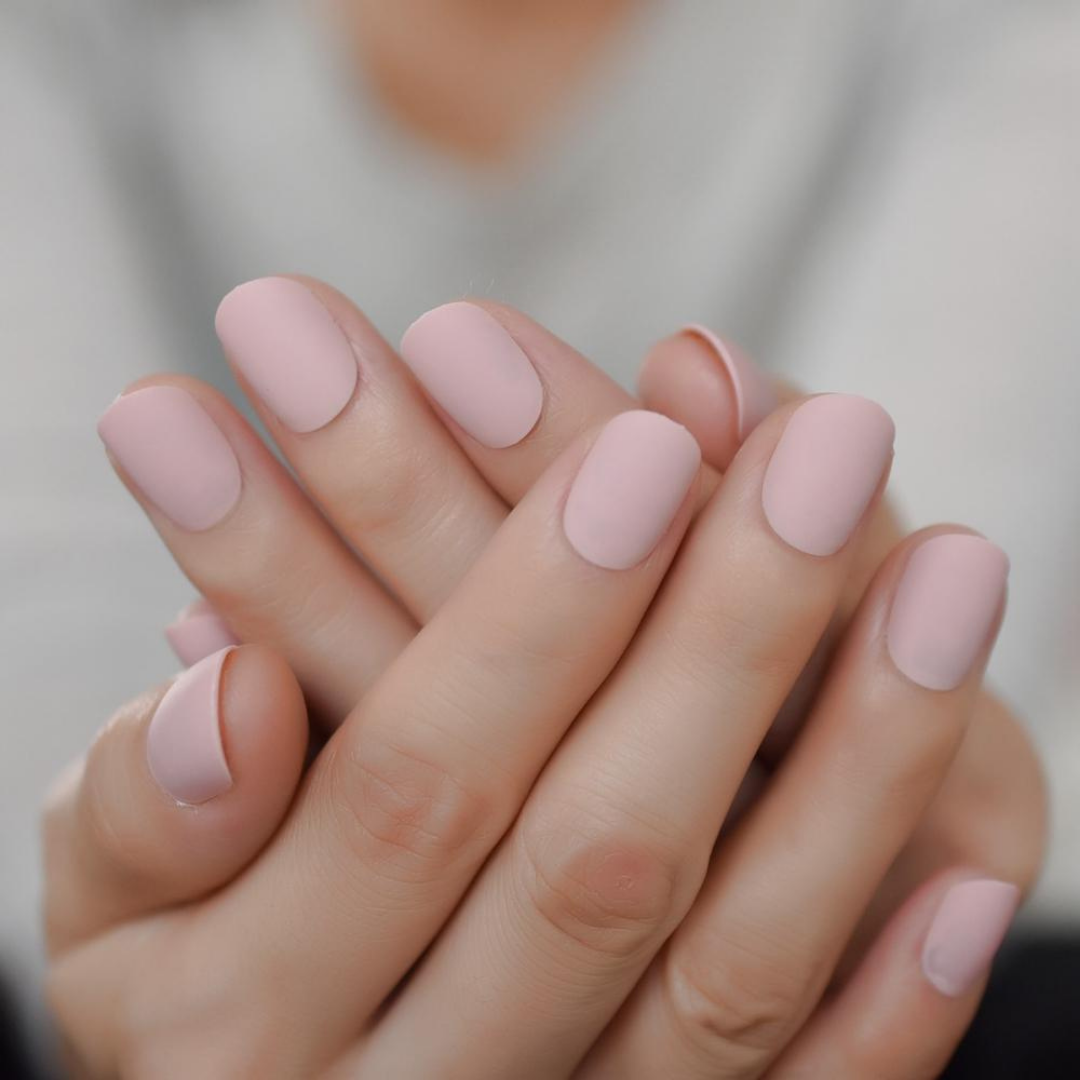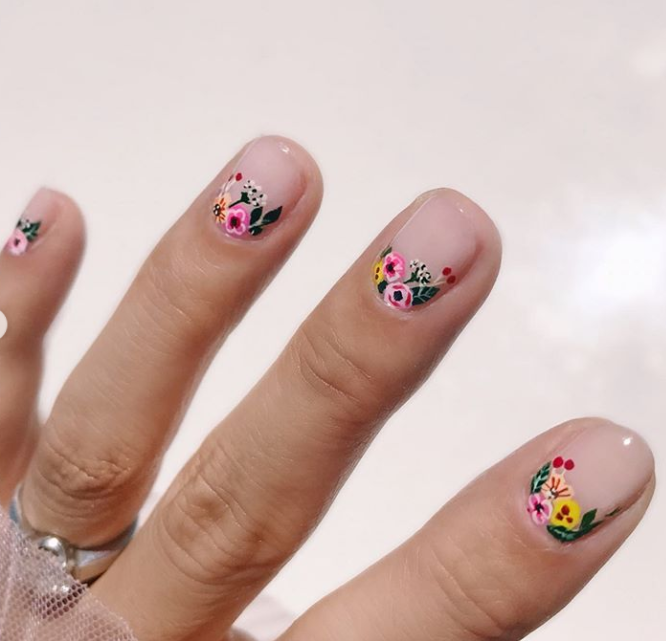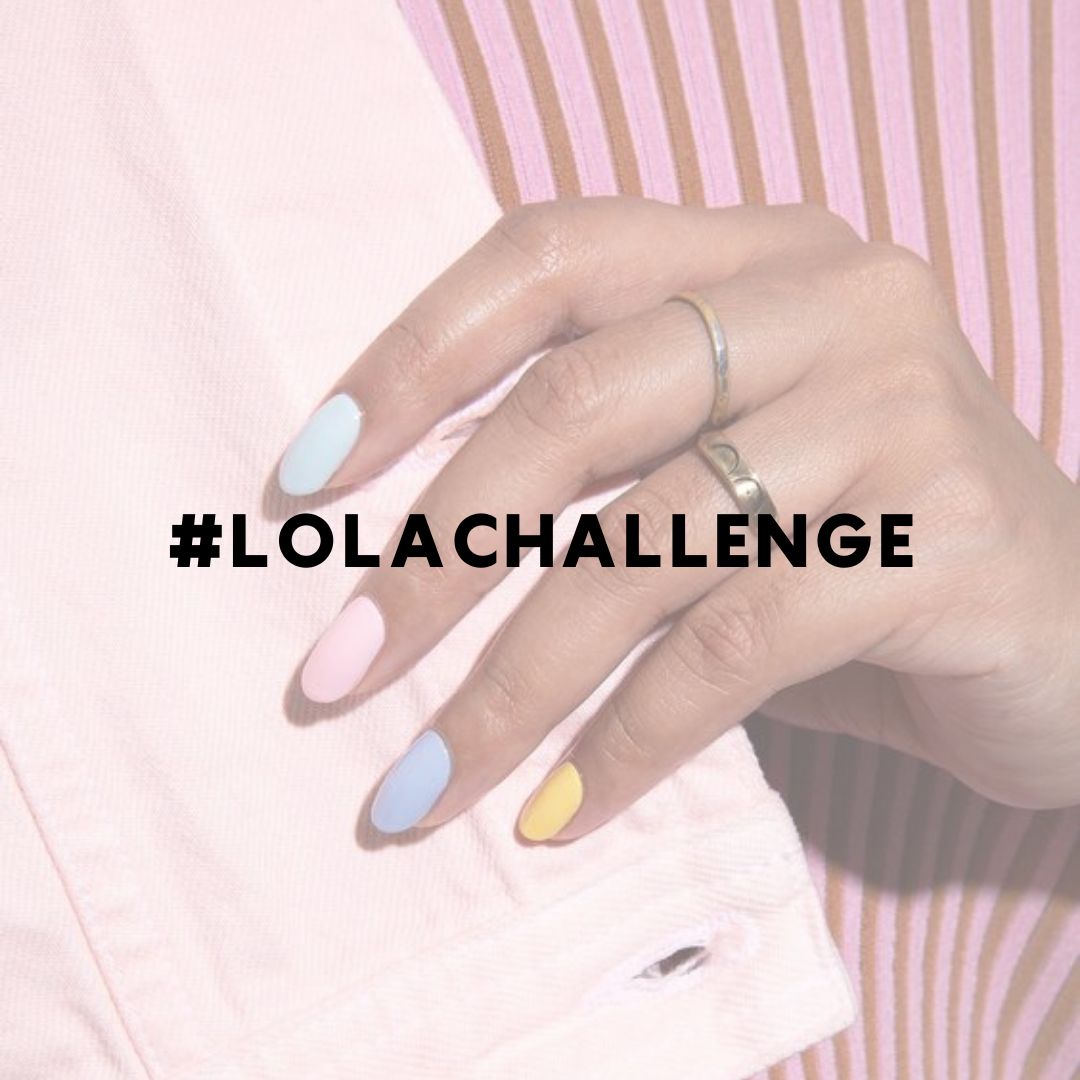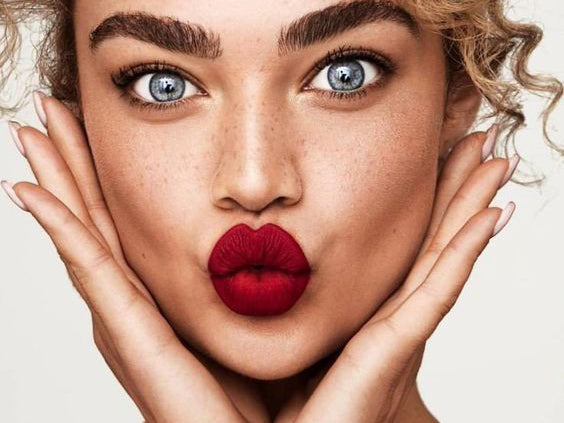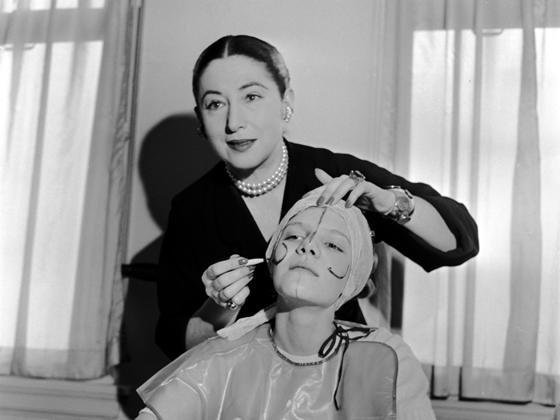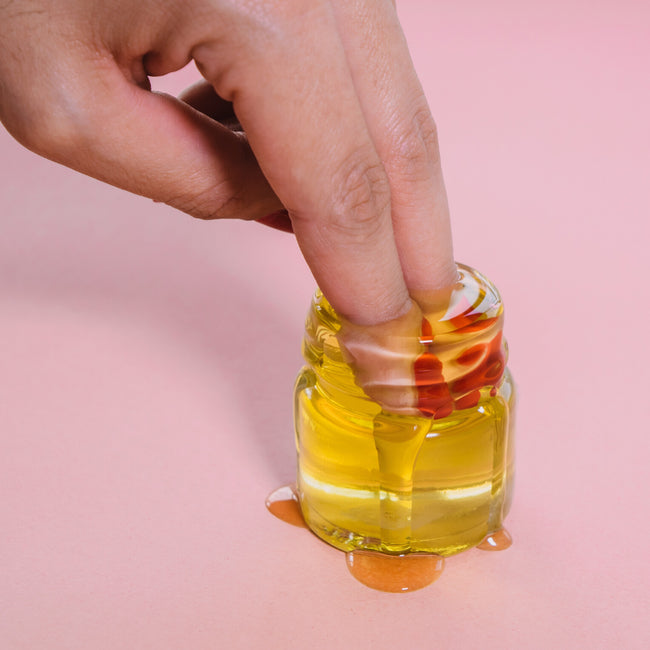March 8th is just around the corner, and what better time than International Women's Day to talk about the women who made their mark in the world of beauty? It's time to celebrate their achievements and remember why they made history. The world of cosmetics, a truly women's world (although it's increasingly becoming more open to men), has helped many of them create their own revolutions. They changed the rules of the game and pioneered a new way of seeing and sharing beauty. They've innovated, educated us, and continually inspire us. We introduce them to you:
Balanda Atis
Since its inception, the beauty world has been oriented towards Caucasian, light-skinned women, until Balanda Atis came along. Born in a Haitian community in New Jersey, chemist Balanda Atis has taken on the task of revolutionizing makeup for African Americans. Balanda works as a chemist at L'Oreal and is in charge of the Women of Color Lab , which includes scientists, marketers, and product designers whose mission is to create products for multicultural women. She has made it her mission to ensure that women in each of the 140 countries where L'Oreal products are available can find the perfect makeup for their skin color and texture.

It's common for women of color to spend less on makeup than other women, but it's likely due to fewer options, not less interest. That's why the work of someone like Atis is extremely important in the beauty industry. She has even created different types of makeup, including foundations, lipsticks, mascaras, and eyeshadows through L'Oreal brands like Maybelline and Lancôme.
Elisabeth Arden
Arden was responsible for the fact that we wear makeup today, for example, to go to work. Why? She was a Canadian cosmetologist and businesswoman who founded her own cosmetics company in the United States in 1910. Through her salons and advertising, she changed people's perceptions of makeup. At that time, makeup was only worn by showgirls , those who worked at night in the entertainment world, and it was generally frowned upon.

Arden arrived and changed the game. She taught women how to apply makeup in a simple and elegant way for the workplace. She even created a lipstick called Montezuma Red, which perfectly matched the uniforms of women enlisted in the Armed Forces. Arden was a true pioneer in this industry and before her death, she ran an empire that produced 450 elegant and modern women's care products that were sold worldwide.
Coco Chanel
We could spend hours and hours talking about Coco Chanel. Her original name is Gabrielle Bonheur (hence the name of her perfume, Gabrielle), and she is undoubtedly one of the most influential women in the fashion and beauty industry. We know she was a tough woman, who didn't please everyone with her words, but her legacy has undoubtedly shaped fashion to this day.

In an era filled with corsets, feathers, and extravagant embellishments, Chanel freed women from all that discomfort and created fashions in keeping with women's new lifestyles. She created trousers for women, shortened skirts, simplified silhouettes, and created iconic garments that are highly sought-after today. Another of her greatest successes was Chanel No. 5, one of the best-selling perfumes in history. If you want to learn more about Coco Chanel, here's one of the brand's videos, "Inside Chanel."
Helena Rubinstein
This woman was one of the creators of the concept of "beauty" we have today, along with her great rival Elisabeth Arden. Coming from a humble family in Poland, she went to Australia, encouraged by her father, in 1896. She brought with her 12 jars of cream that her mother had given her, the recipe for which came from a family heirloom.

Upon arriving in Melbourne, her white, smooth, radiant skin was the envy of Australian women, and when they realized the secret lay in the creams her mother had given her, they began to demand them with great success. Thus, her first cream, Valaze, was born. After opening her first beauty salon in Melbourne, Rubinstein traveled to Europe, interviewing dermatologists and skin experts, discovering that every skin type is different and has different needs. This was Rubinstein's greatest success. She also created the first mascara with a brush applicator and waterproof mascara.
Anita Roddick
We can't leave out Anita Roddick, a pioneer of natural cosmetics, a promoter of fair trade, a human rights activist, and an environmentalist, on this list. Roddick passed away suddenly, and was one of the richest and most well-known businesswomen in the United Kingdom.

Founder of the global Body Shop franchise, she sold her green cosmetics empire in 2006 to L'Oréal, a company she used to disparage for marketing "wrinkle-removing miracles."
Madam CJ Walker
In 1900, lacking products for Afro hair and having lost her own hair, Madam CJ Walker took matters into her own hands and made the products she wanted to buy. Not only did she build her business from the ground up, but she also fought racism and sexism.

She became the first female millionaire by giving women of color the opportunity to find what they needed: hair products. Within two years, she was earning $150,000 a year, becoming the first self-made female millionaire in the US, according to Forbes .
Martha Matilda Harper
You've all been to a hair salon at some point, right? Well, you probably don't know whose idea it was. She was one of the most influential women in the world of cosmetics, but also one of the most forgotten. With her long hair, almost touching the floor, she worked as a maid for many years, starting at the age of 7. For a few years, she worked in a doctor's house, which laid the foundation for her life. The doctor, on his deathbed, bequeathed her the formula for a hair tonic.

Harper would still have to work as a domestic servant for several more years until she had the money needed to launch the venture that would make her famous. So she took all her knowledge and the secret formula with her to the mansion of her next employers. By then, Harper was 25 years old, and at her new workplace, after doing her housework, she manufactured her tonic. Soon, not only her employer but also her wealthy friends began to enjoy her beauty treatments. Harper also attended every class open to women, gaining the education that had never been available to her. By 1888, she had finally saved enough money to realize her dream: to open a public beauty salon. And thus, the concept of today's hair salons was born; she even invented the shampoo bowl so characteristic of salons.


